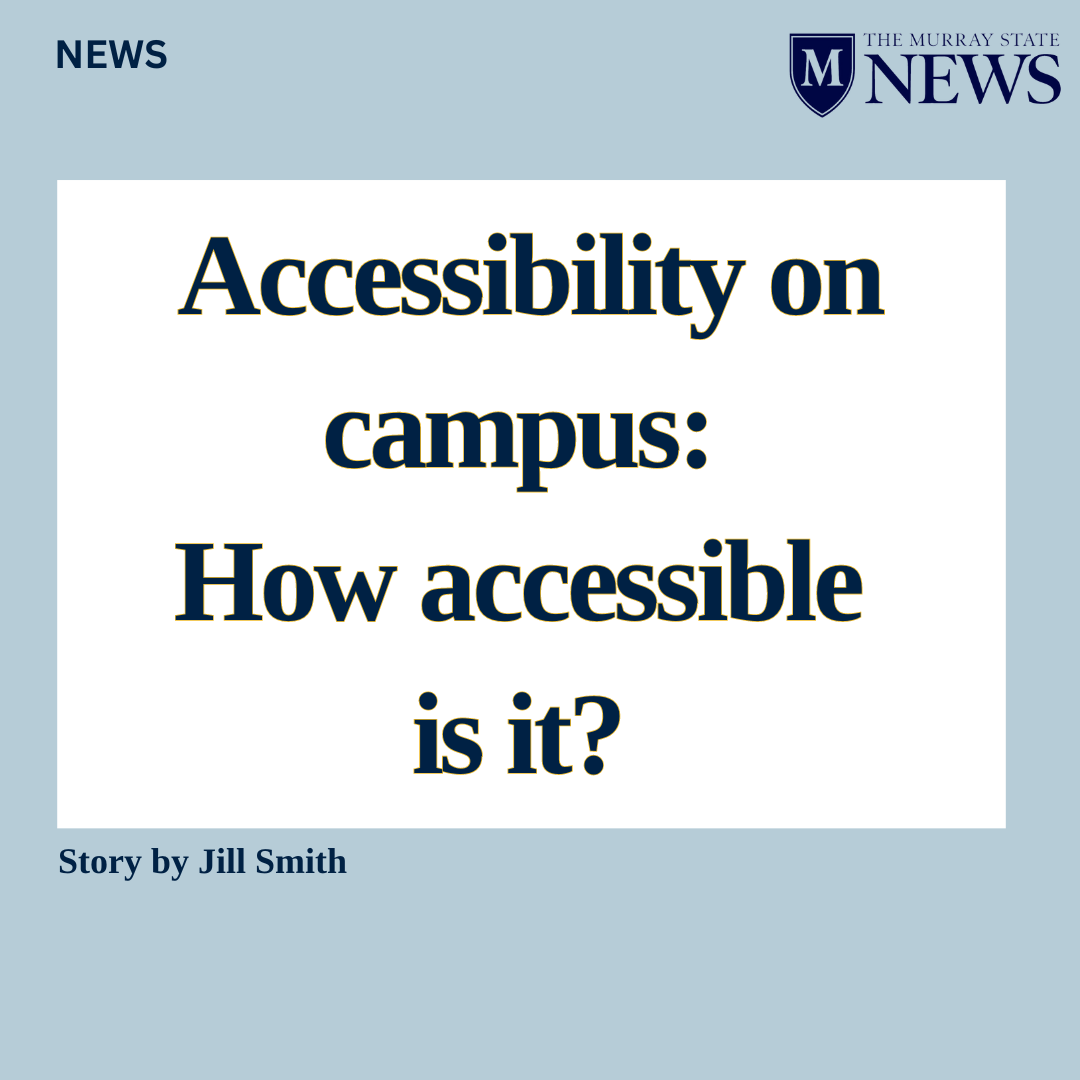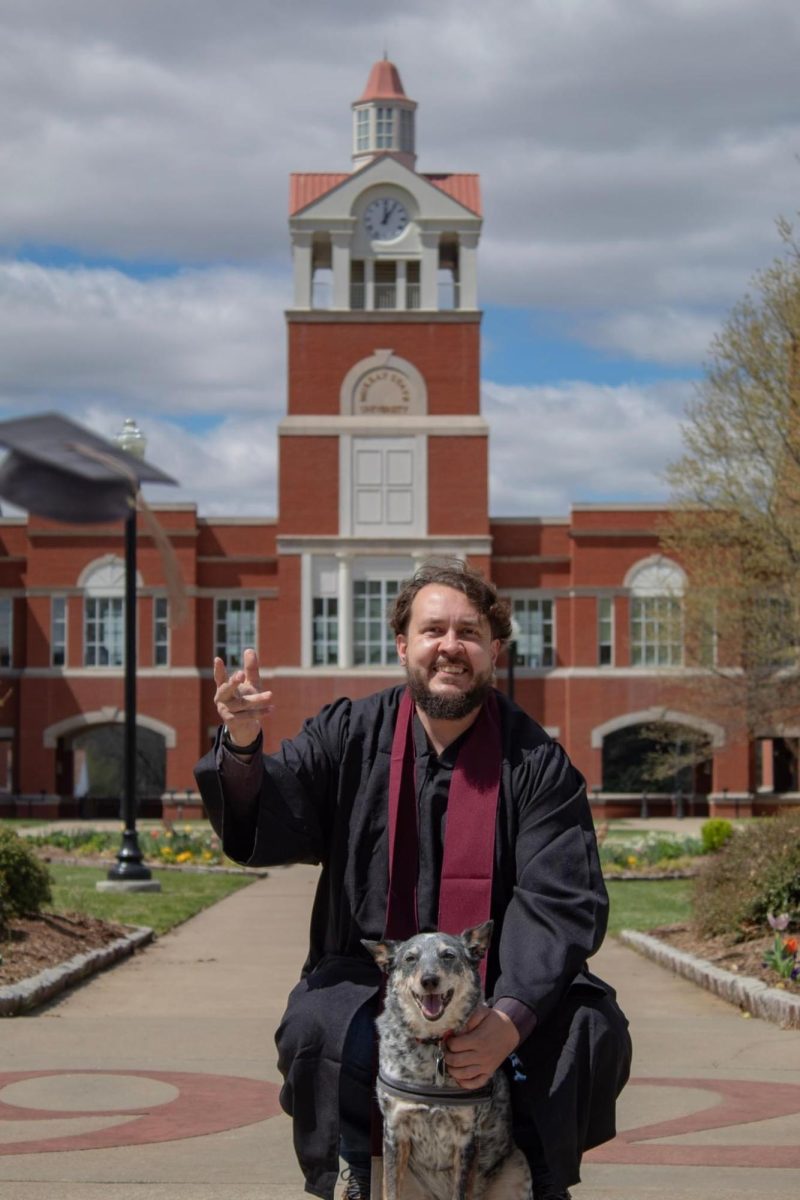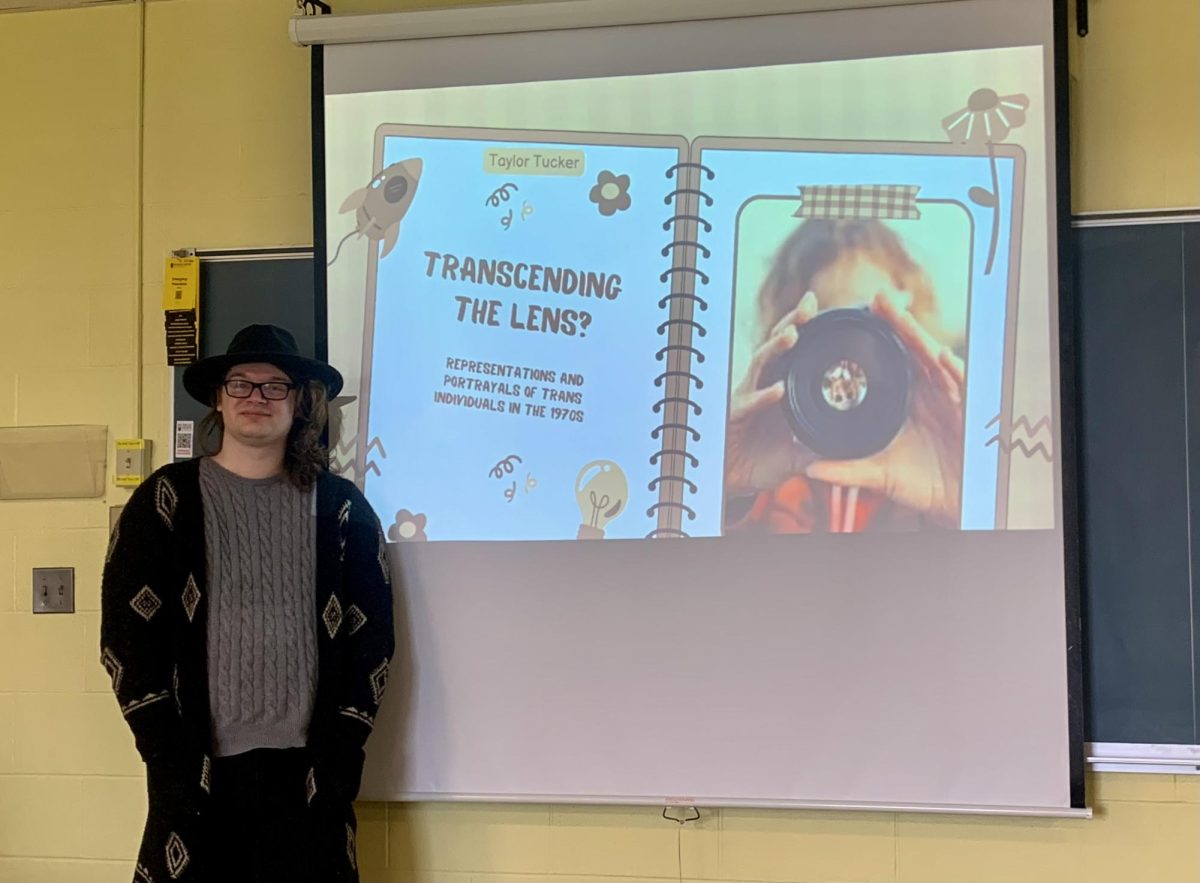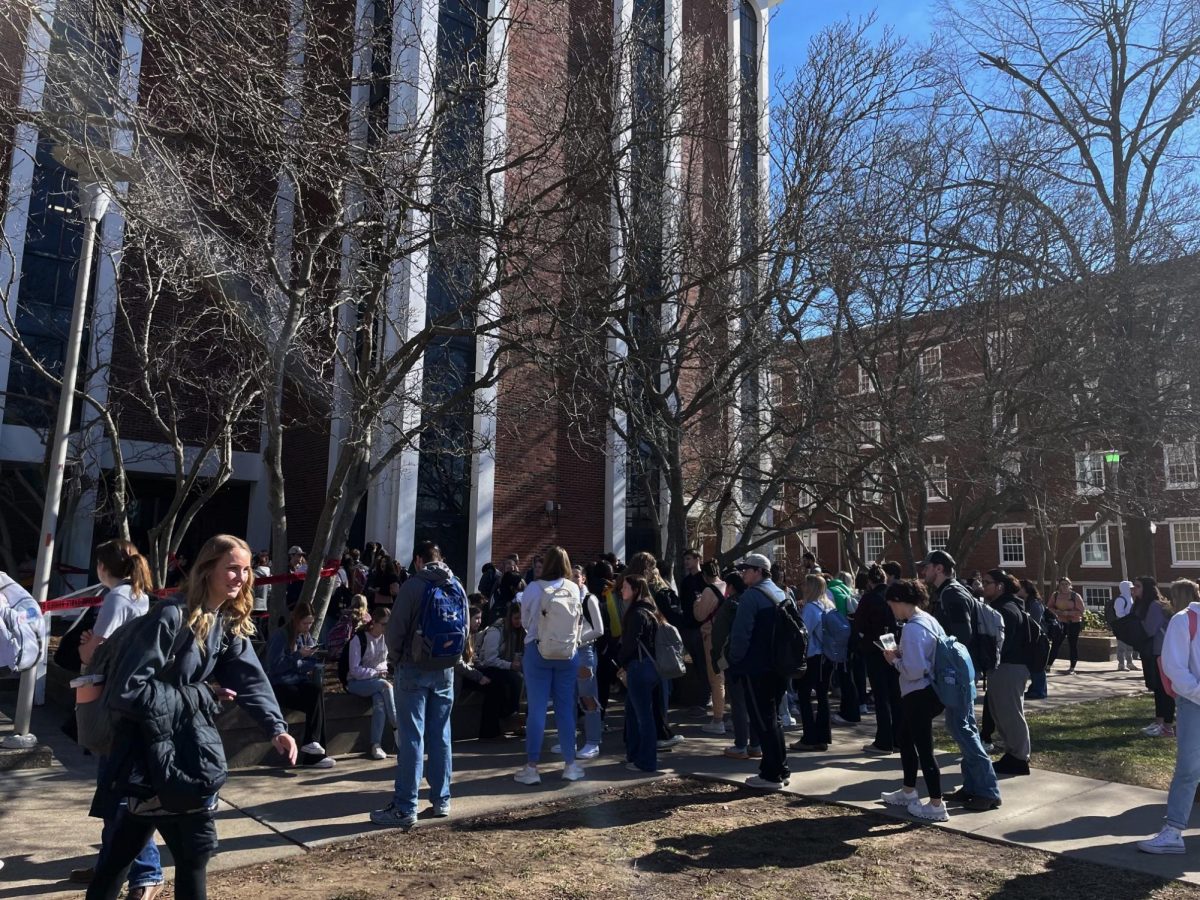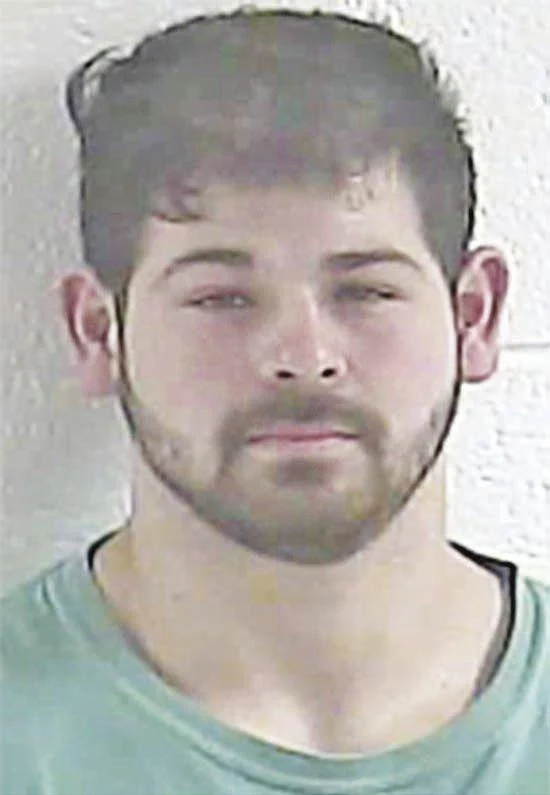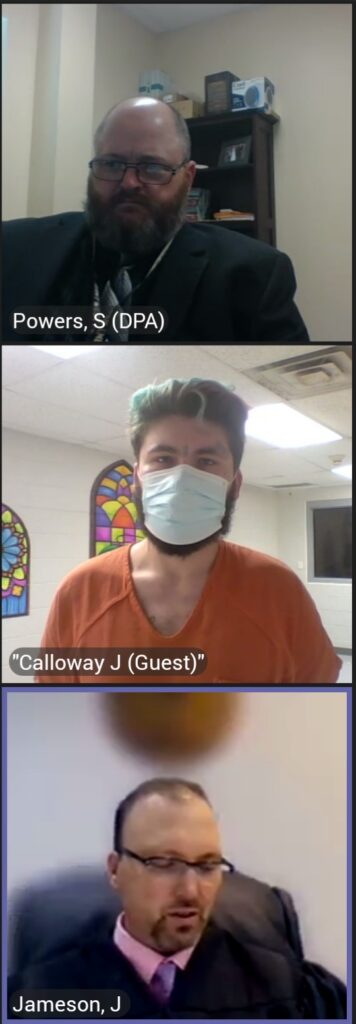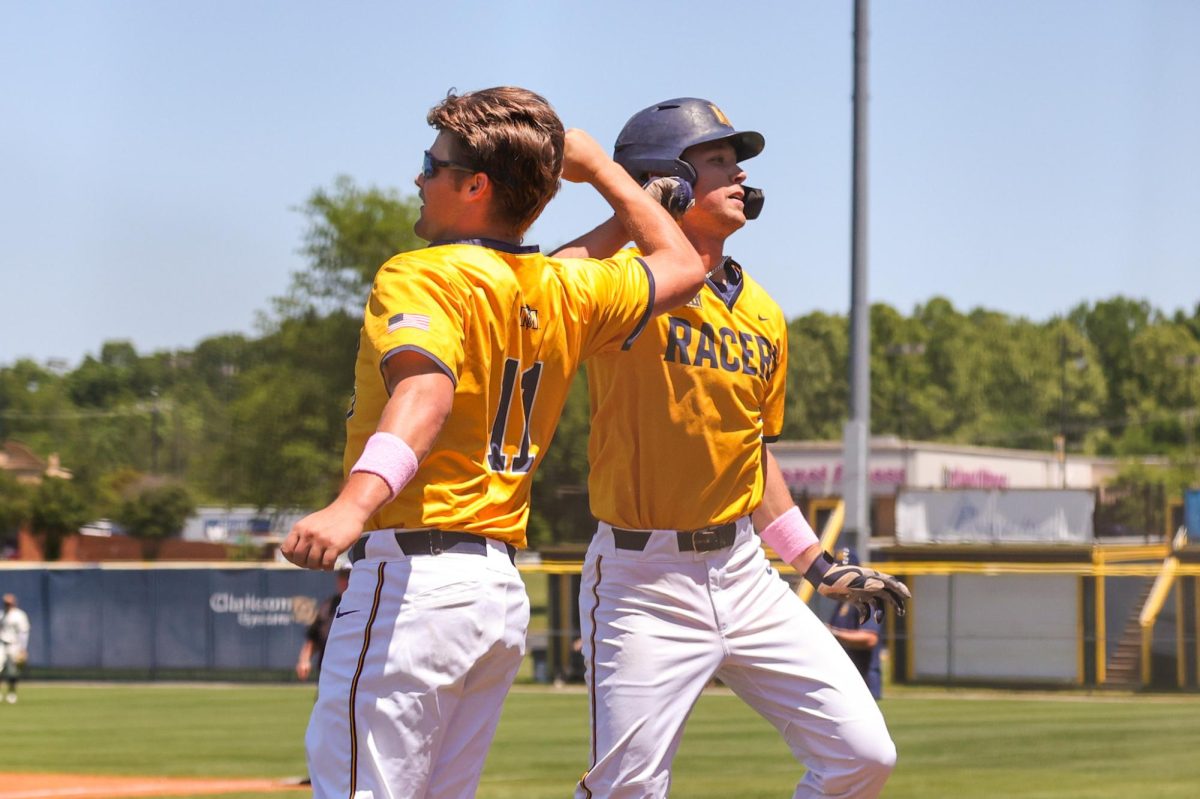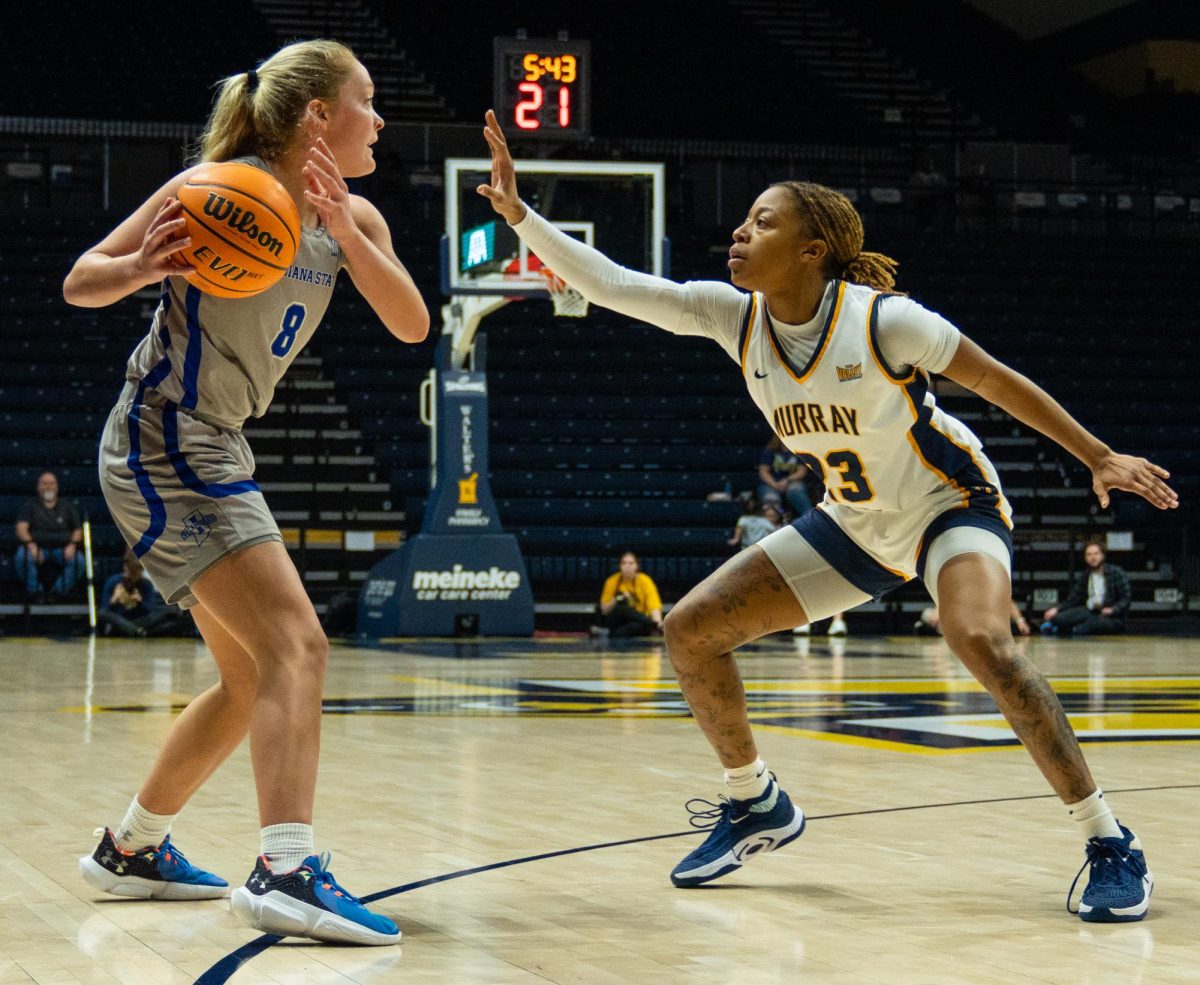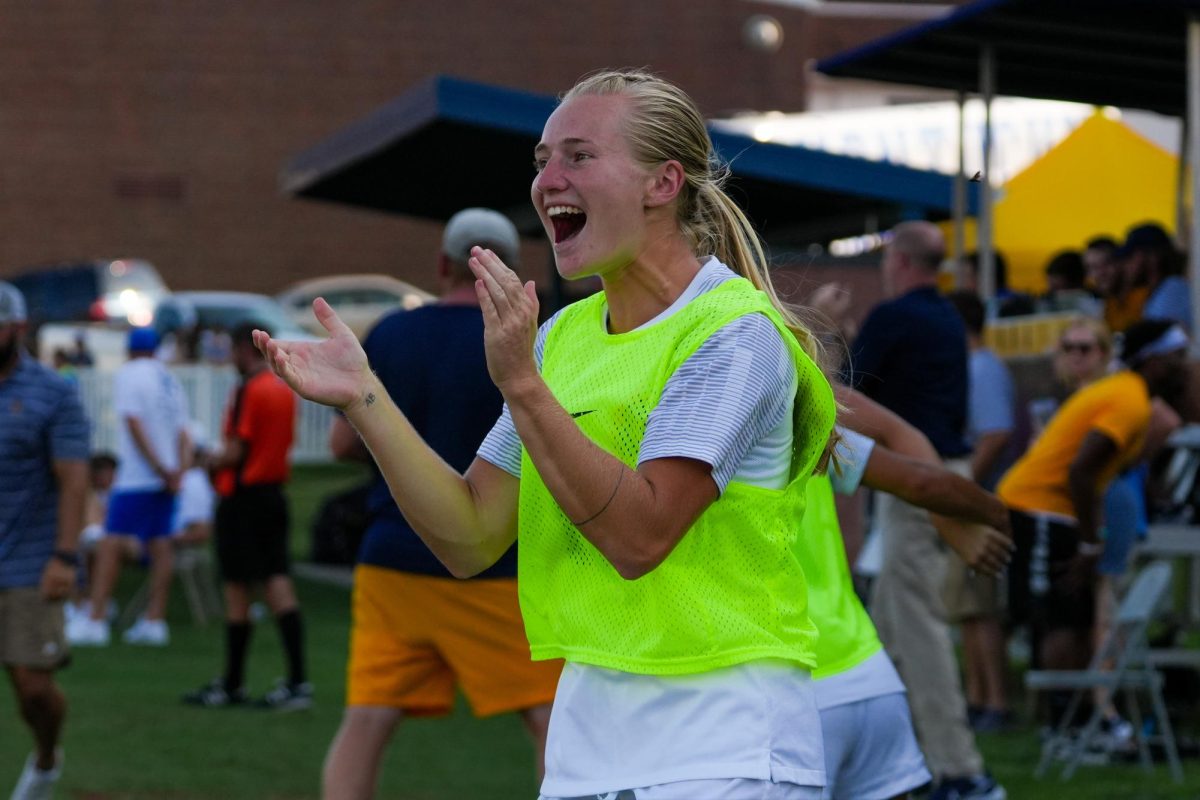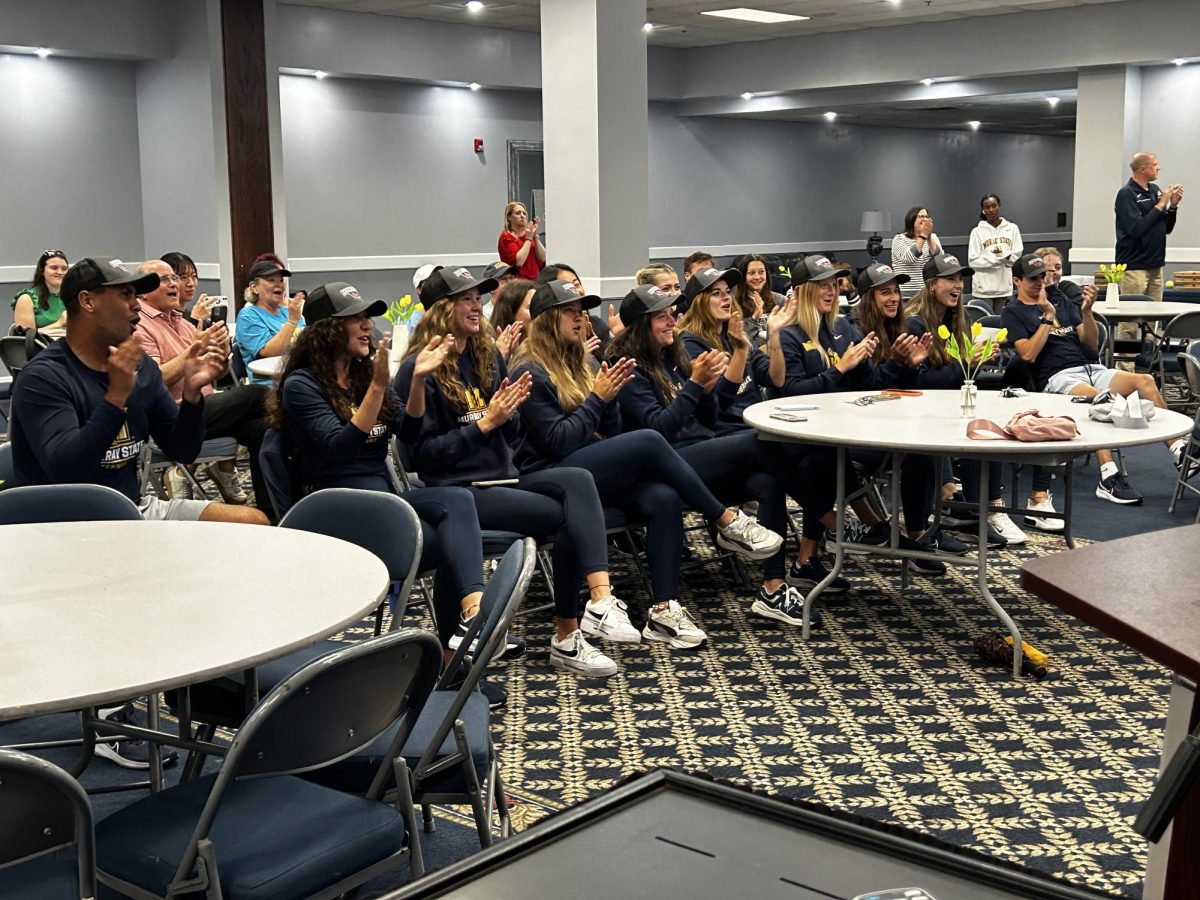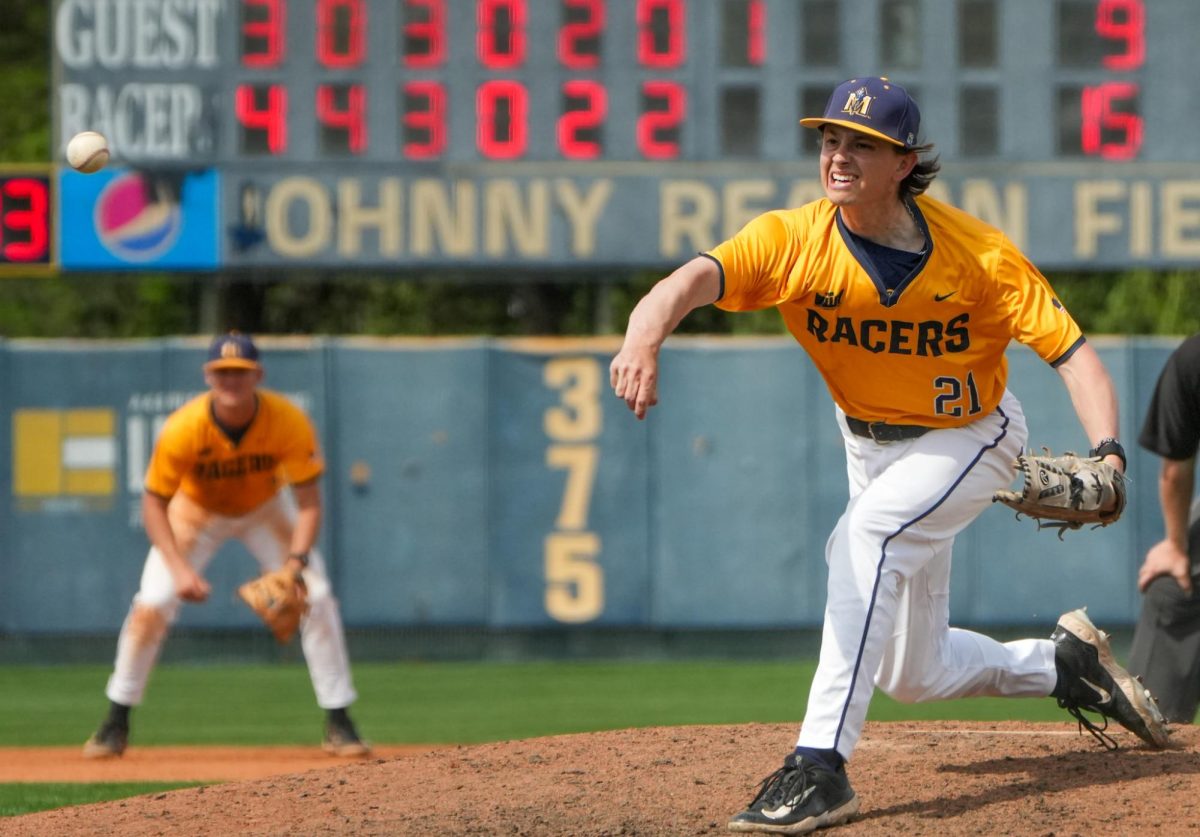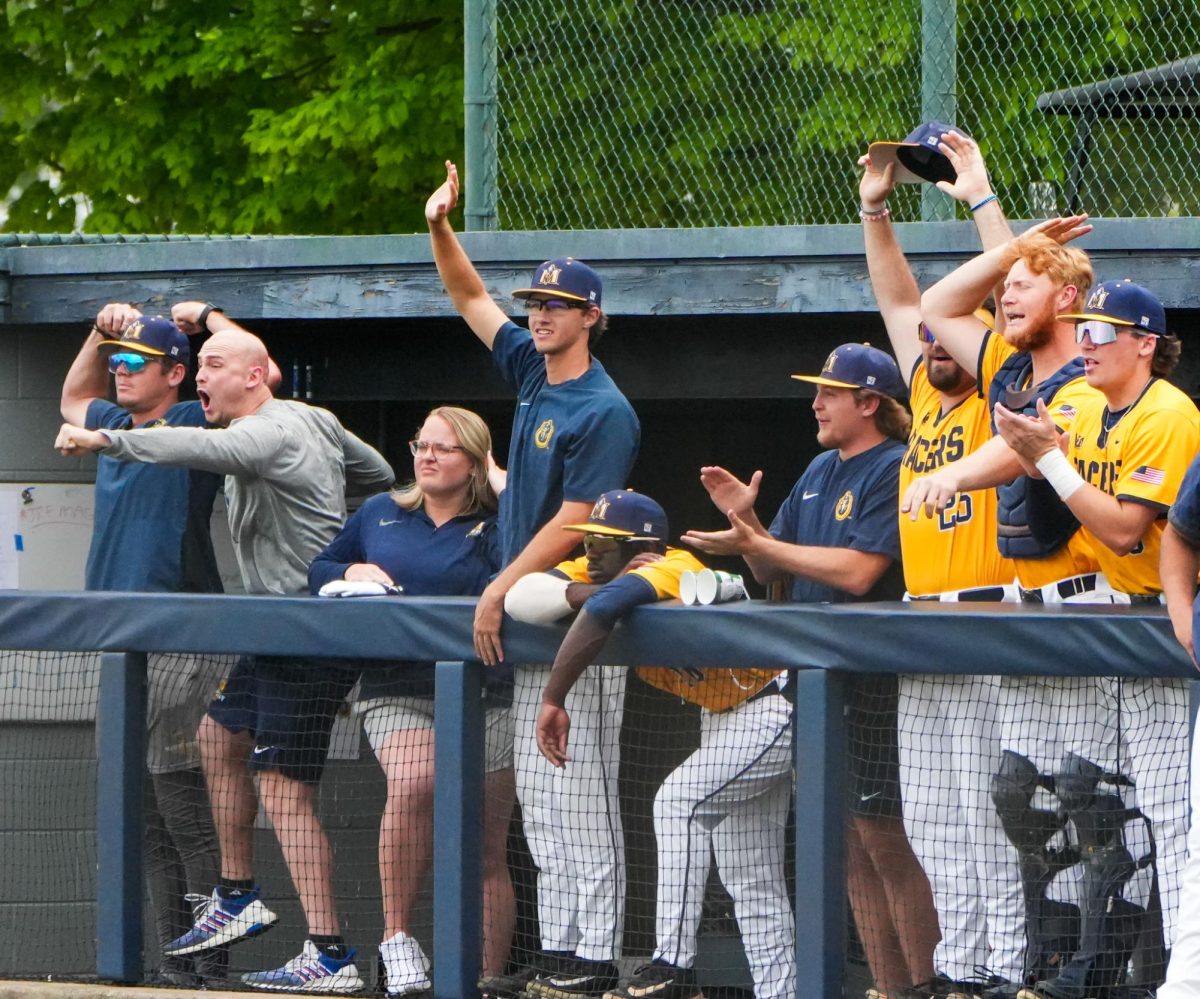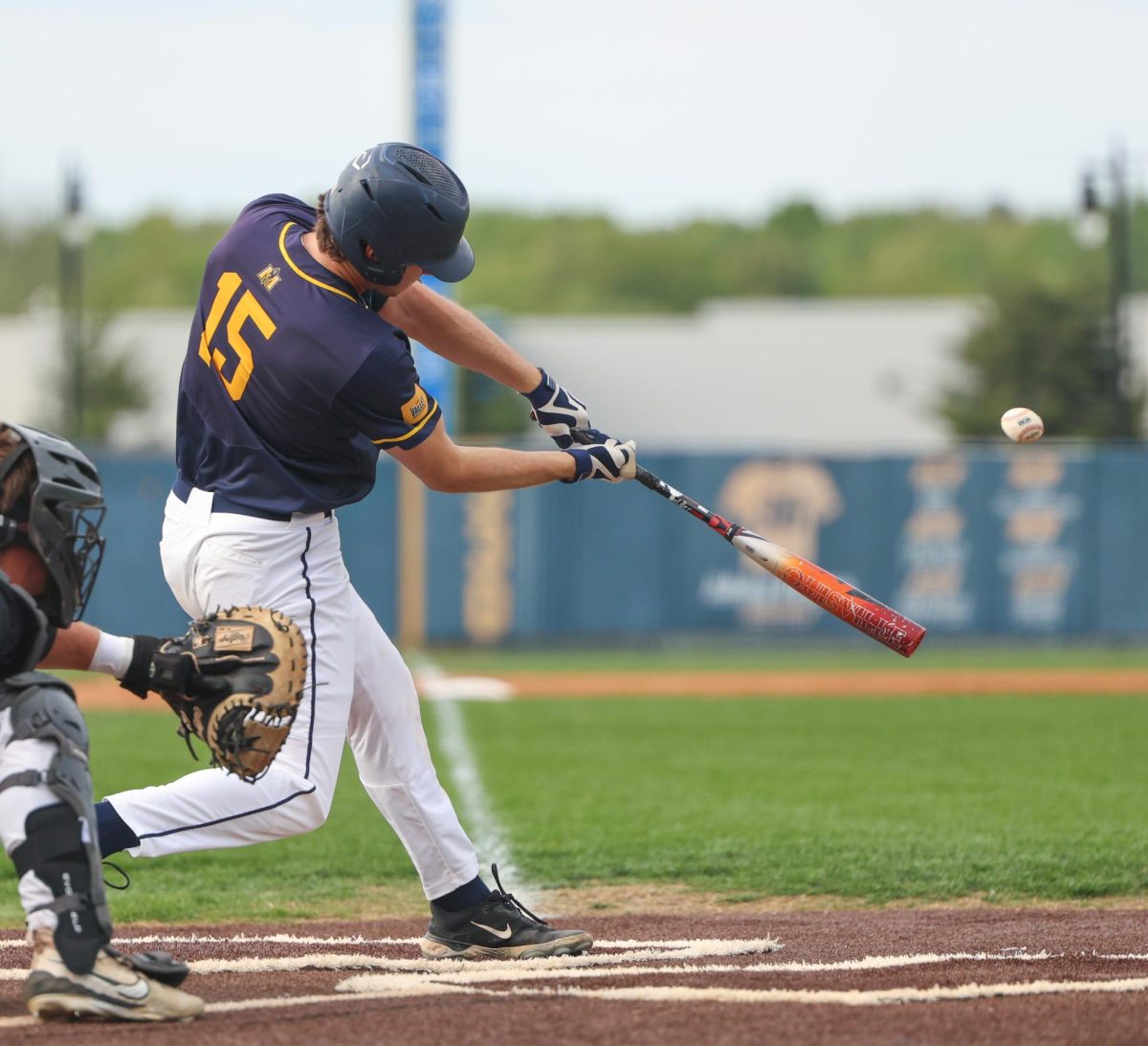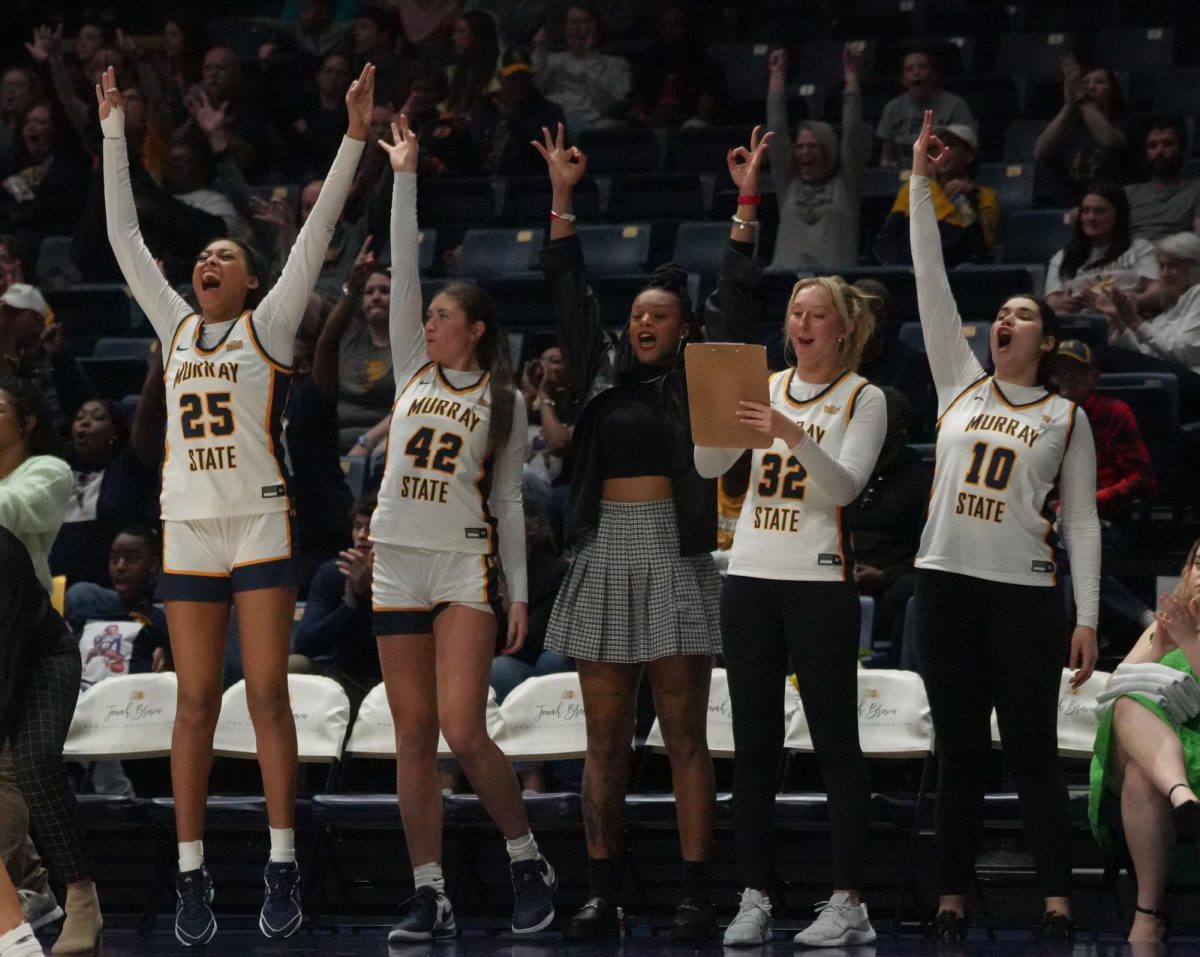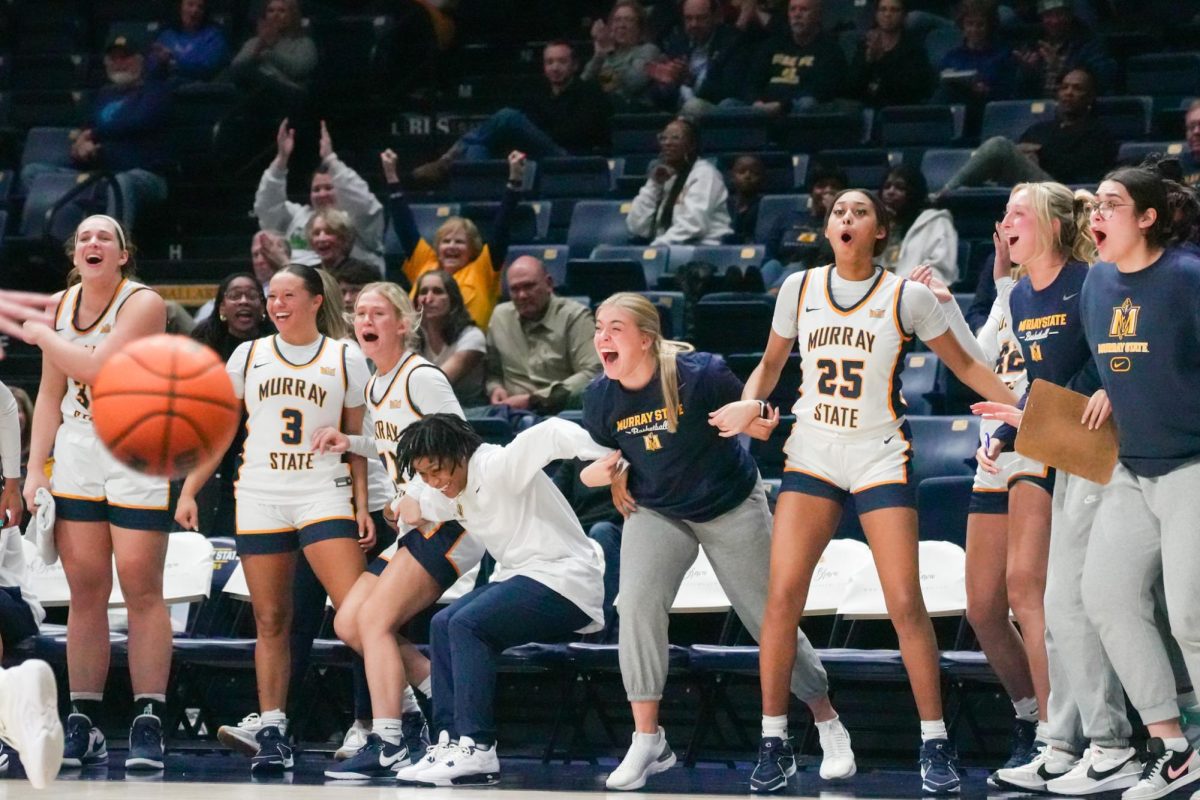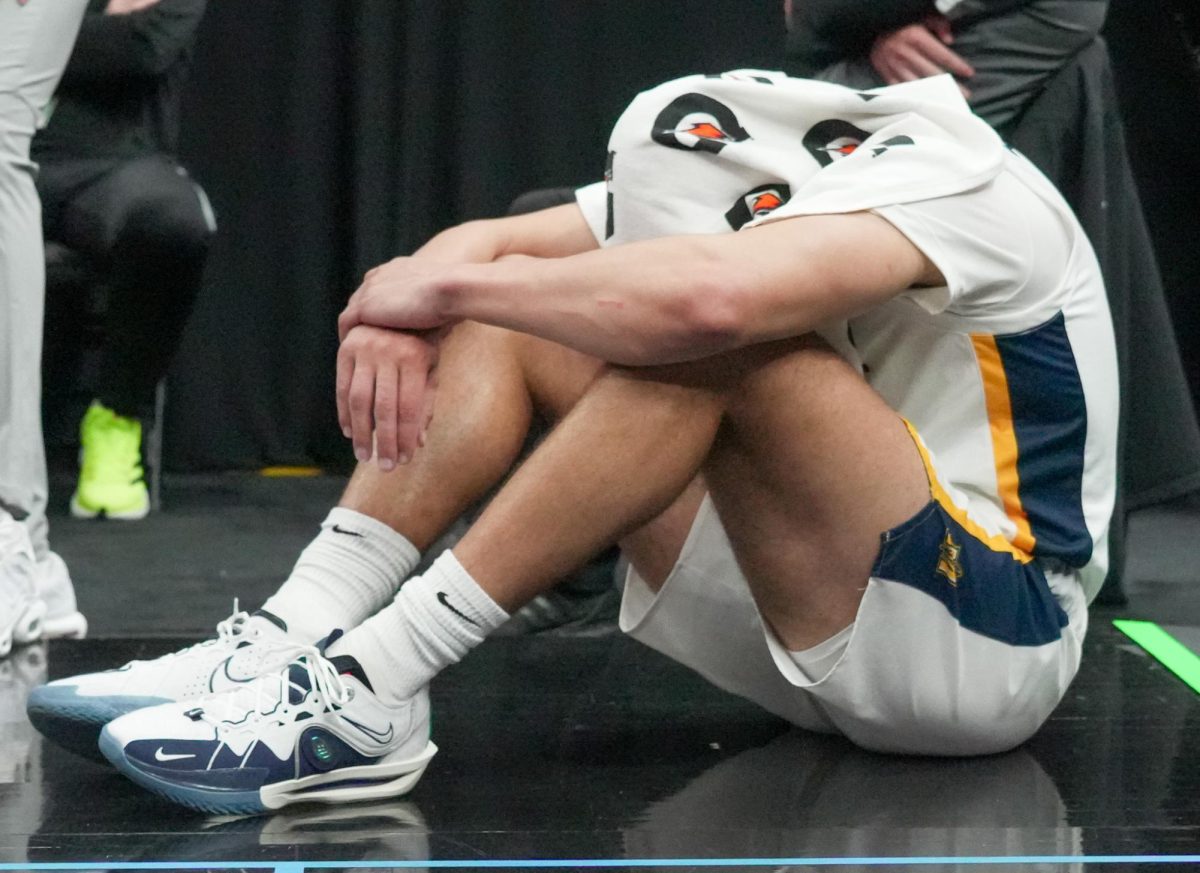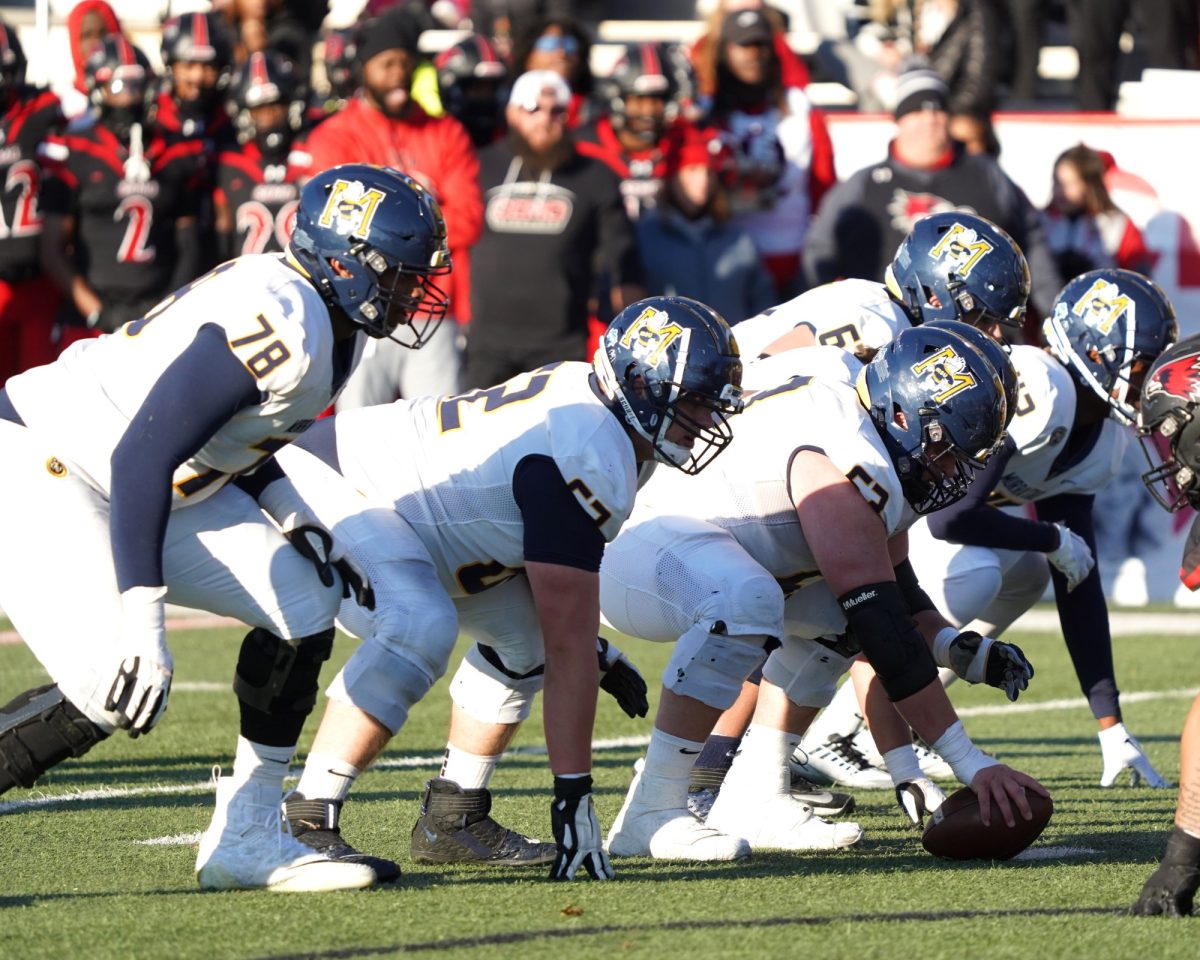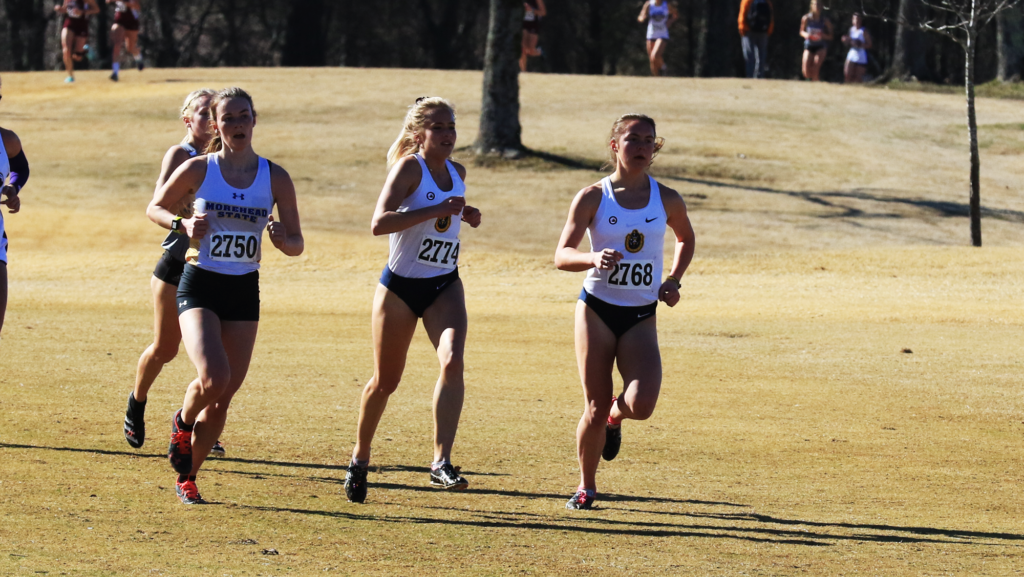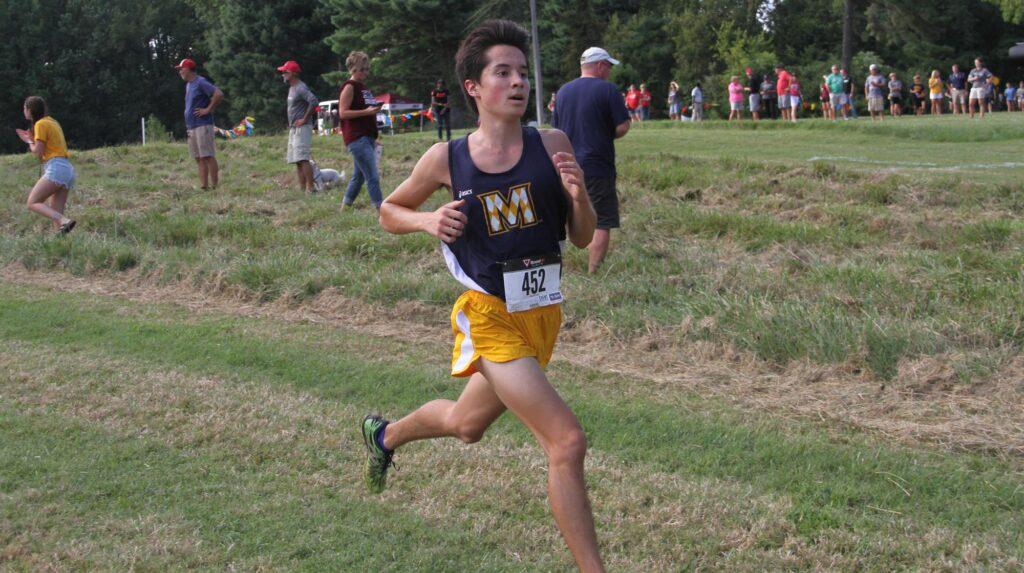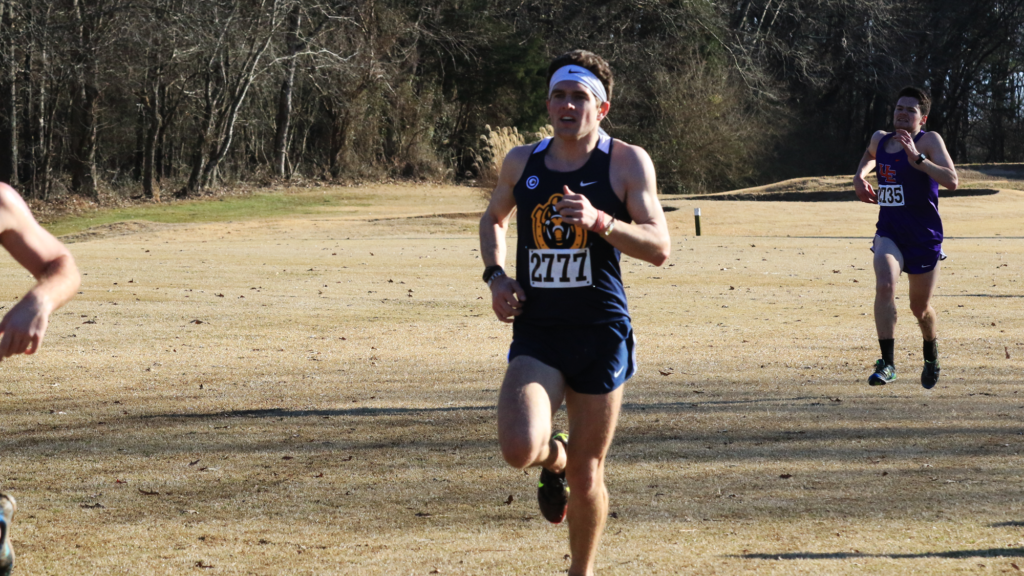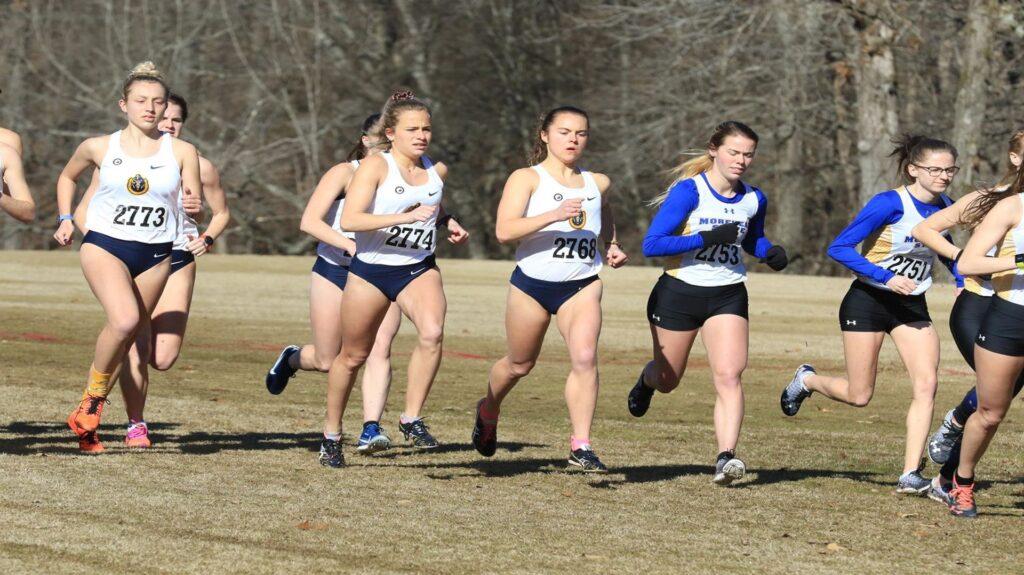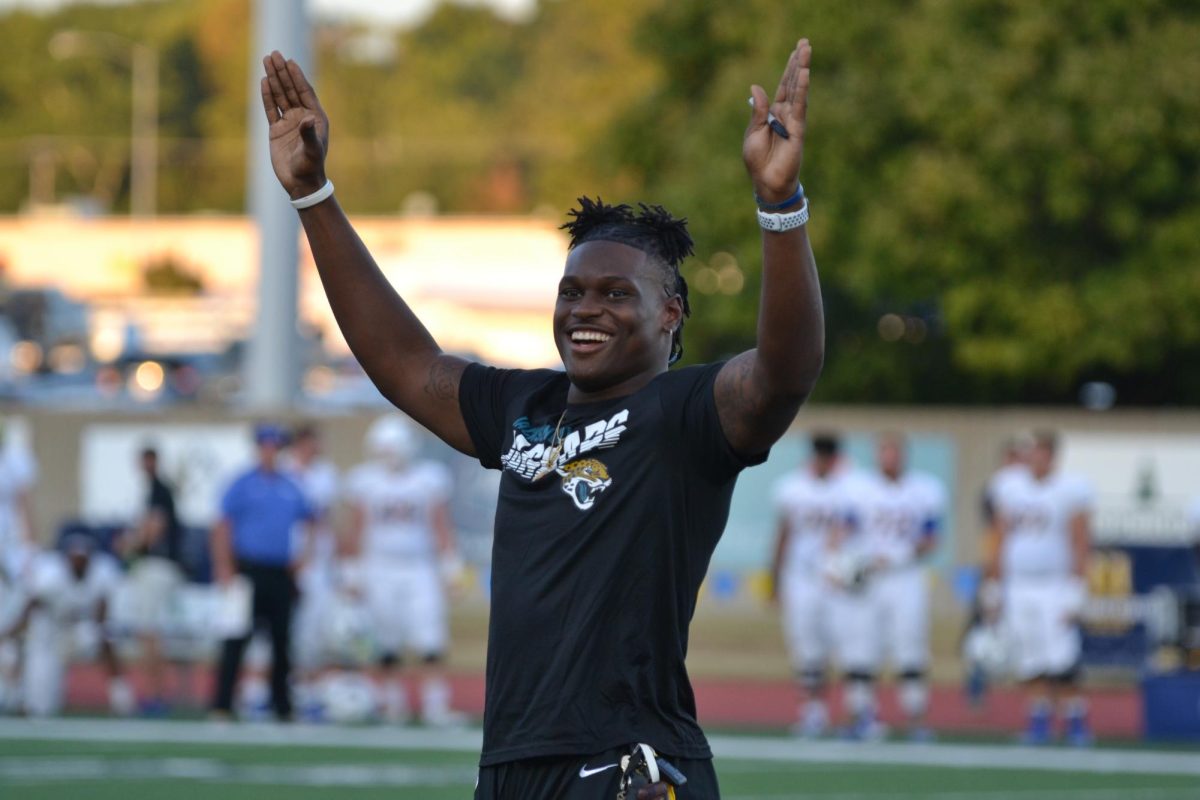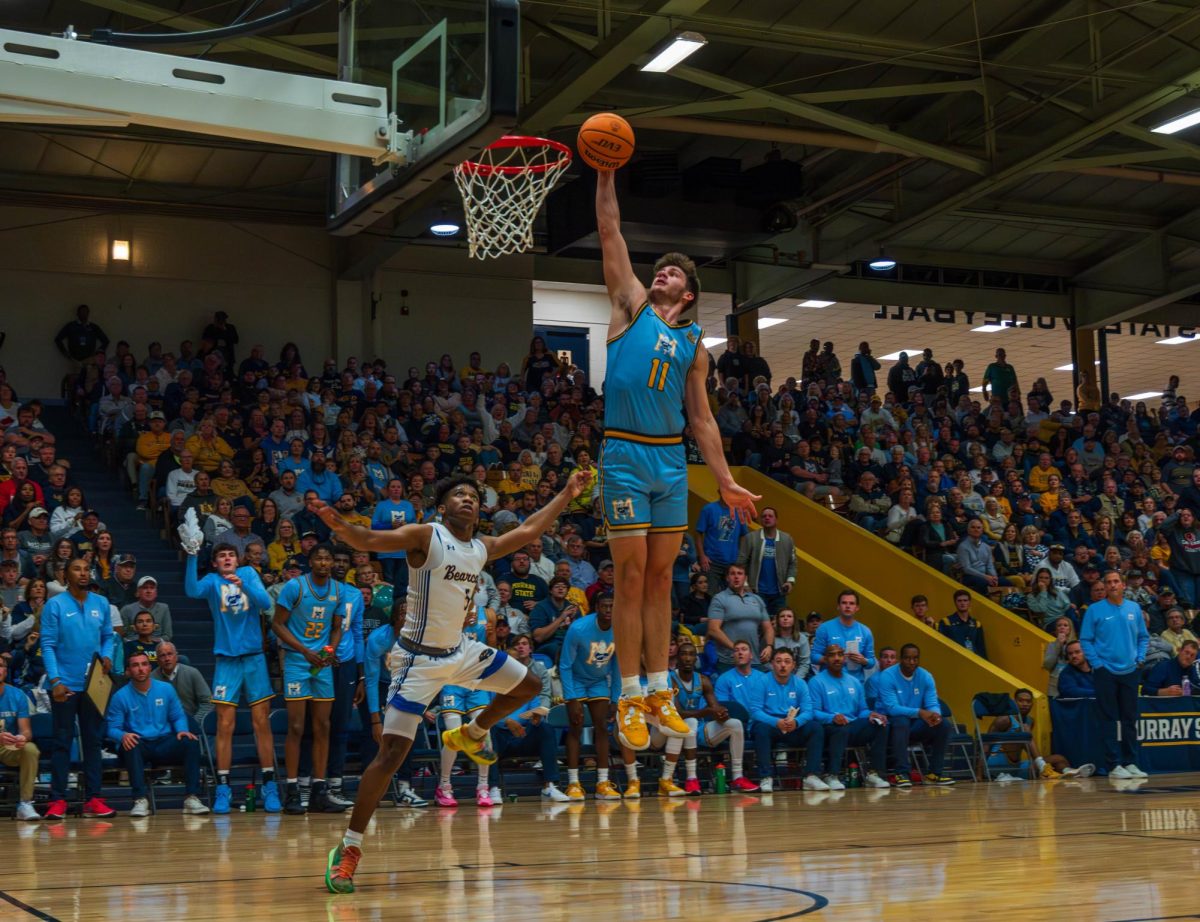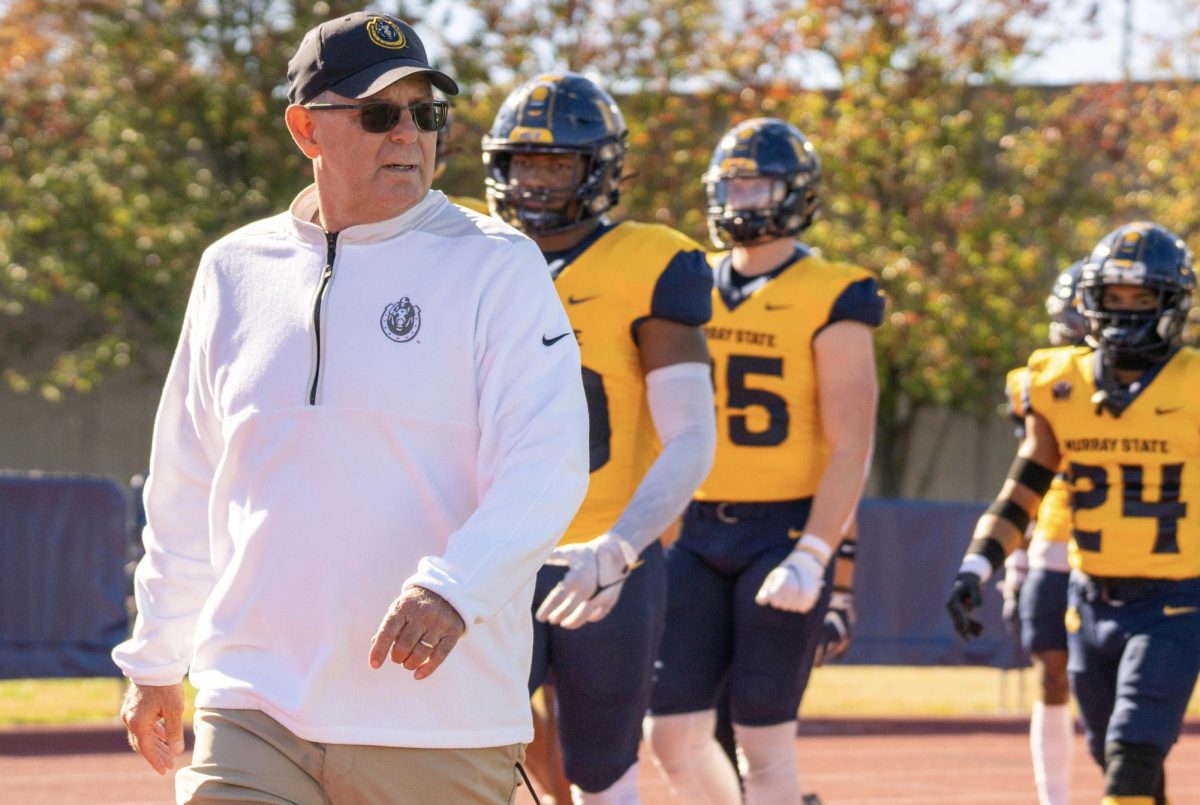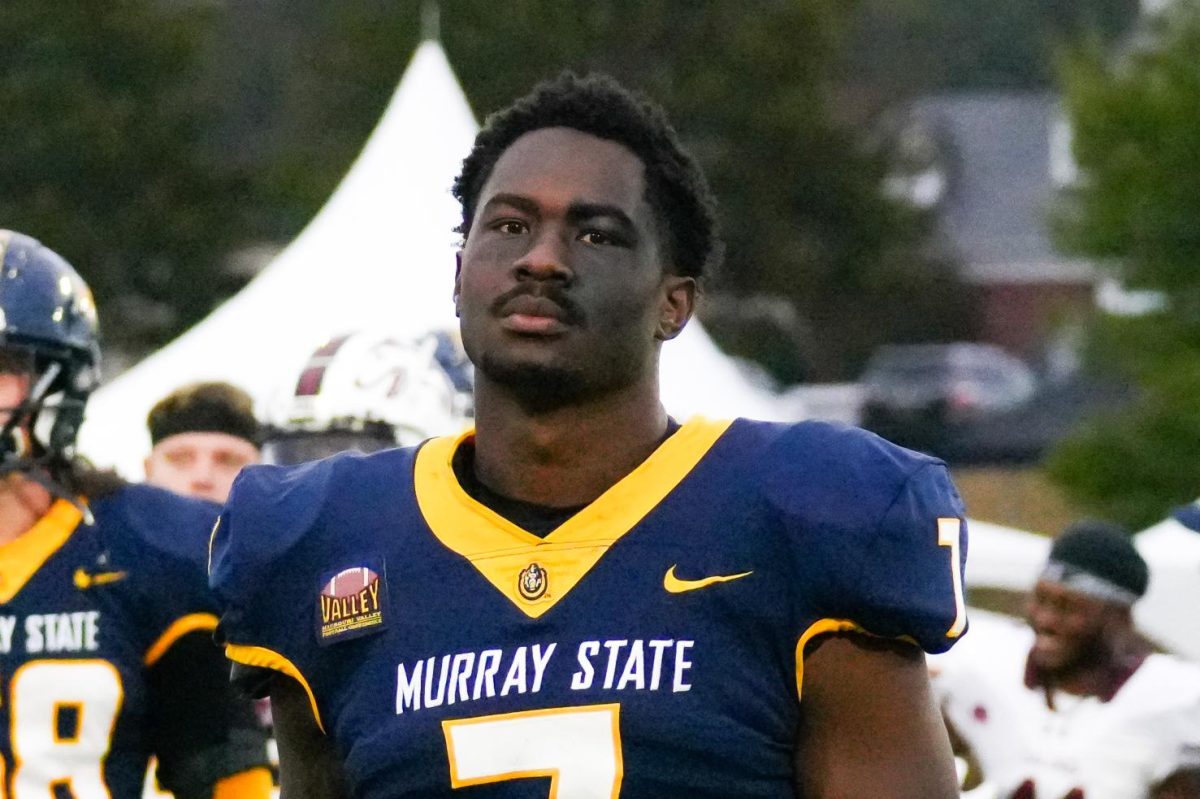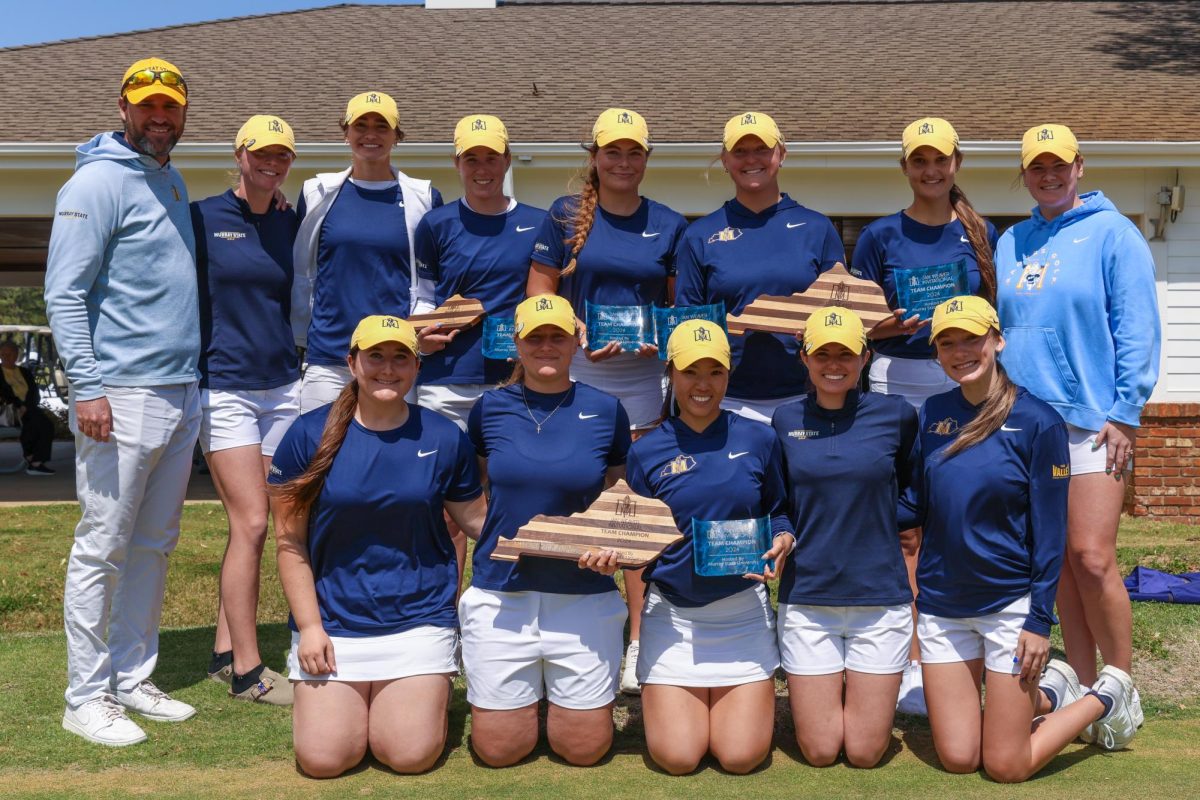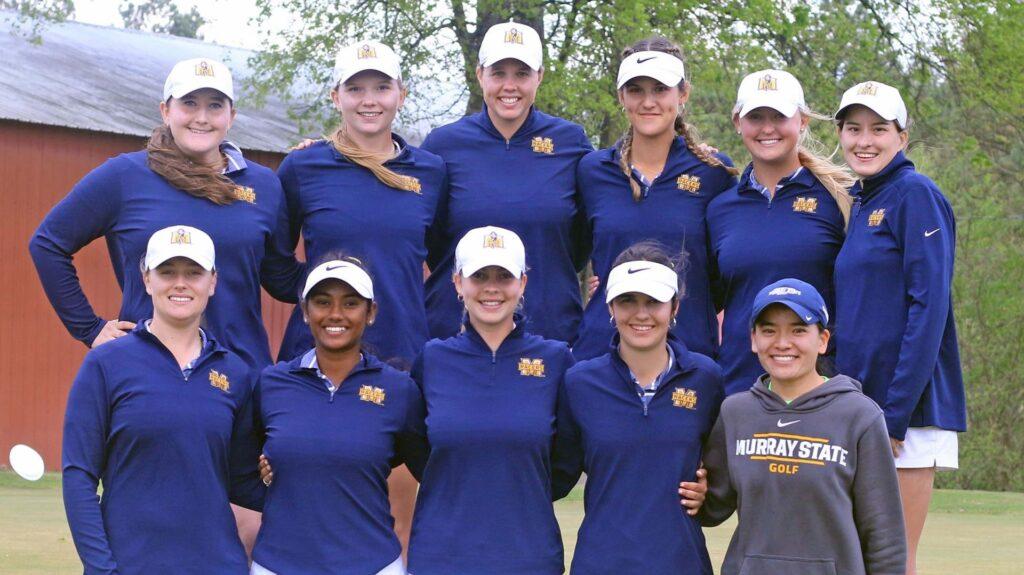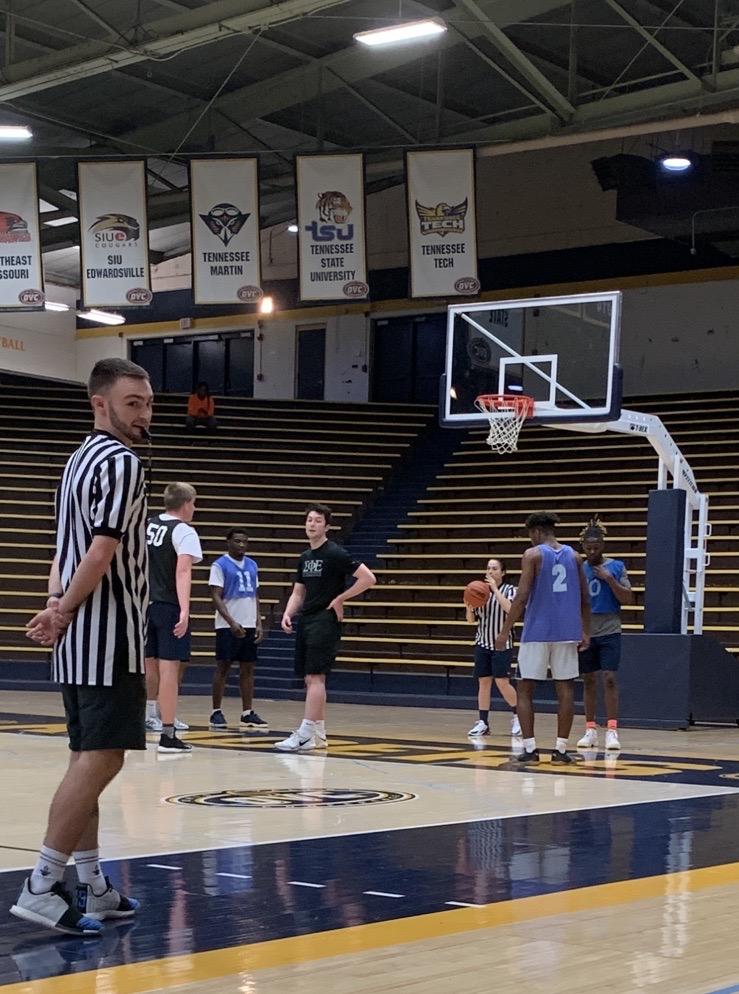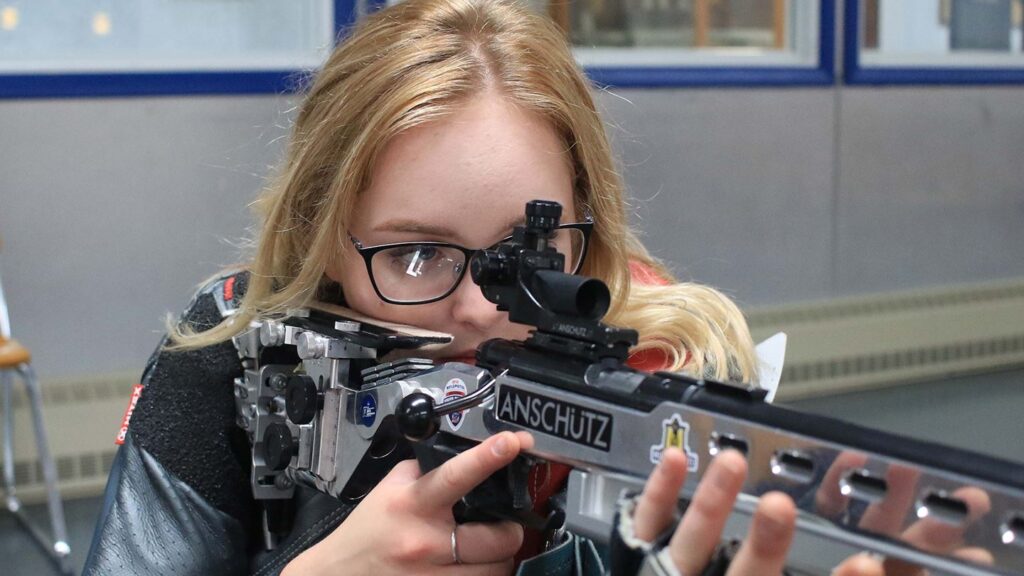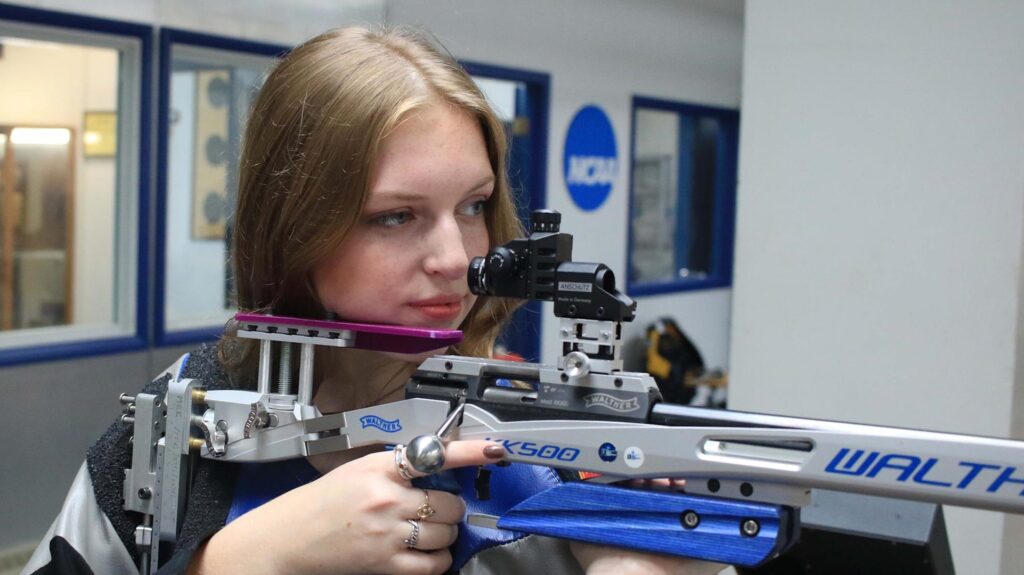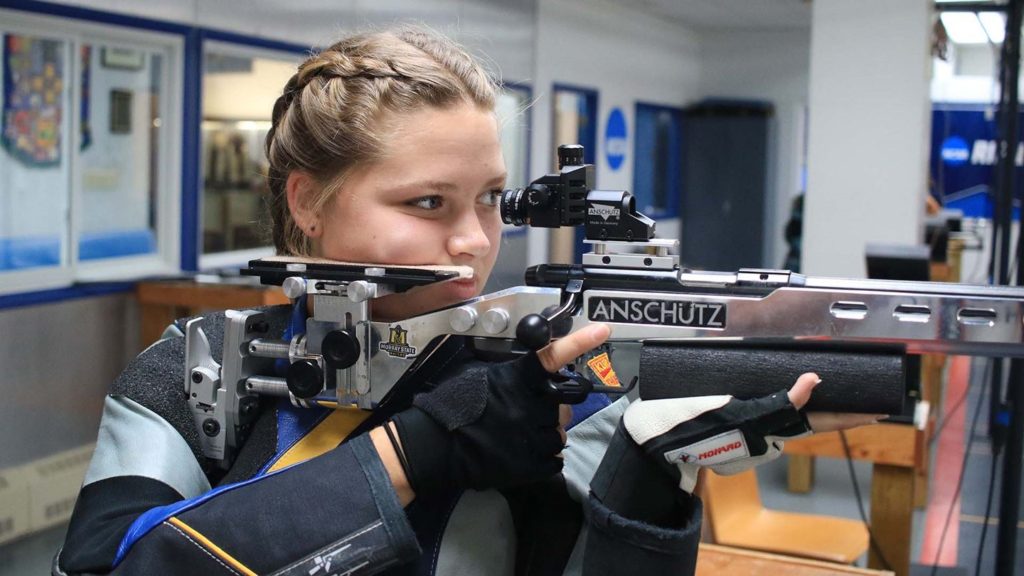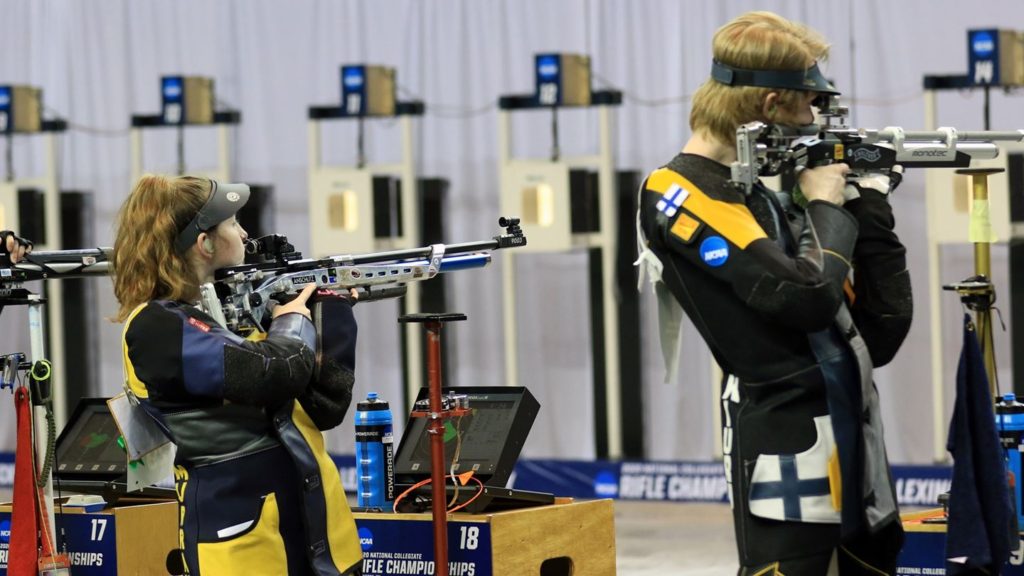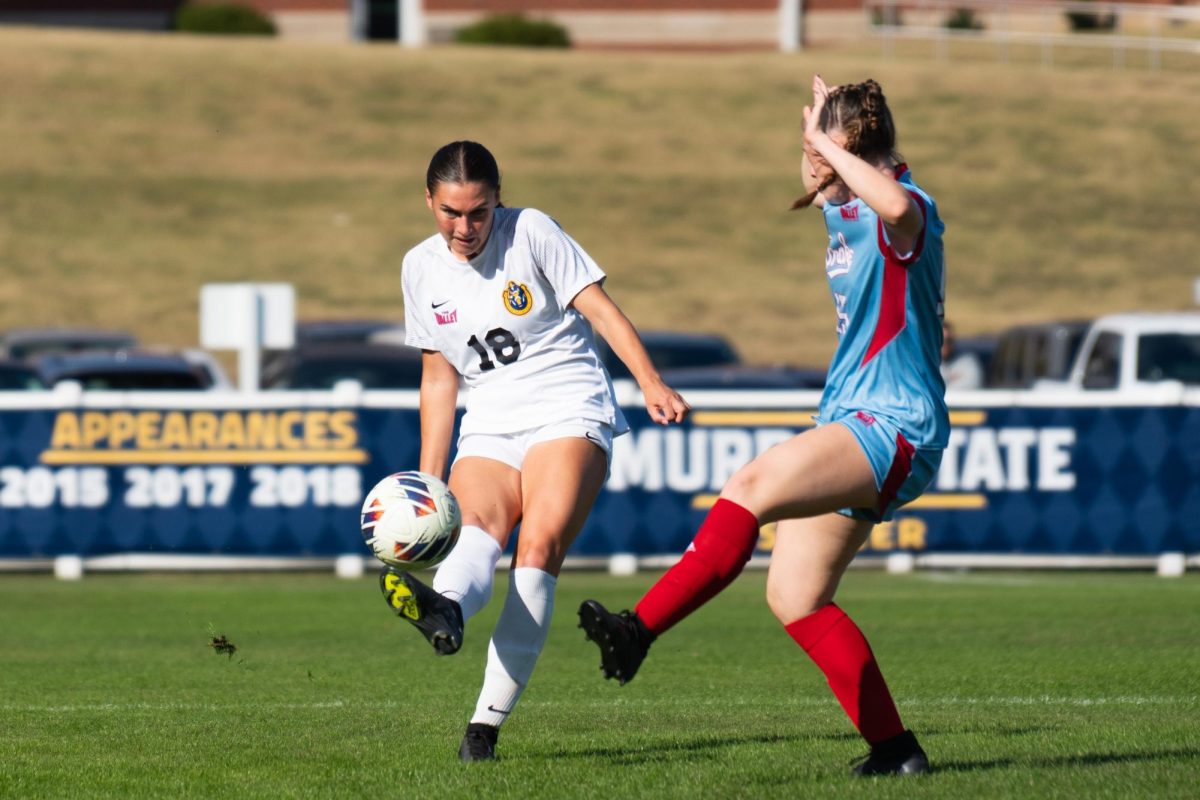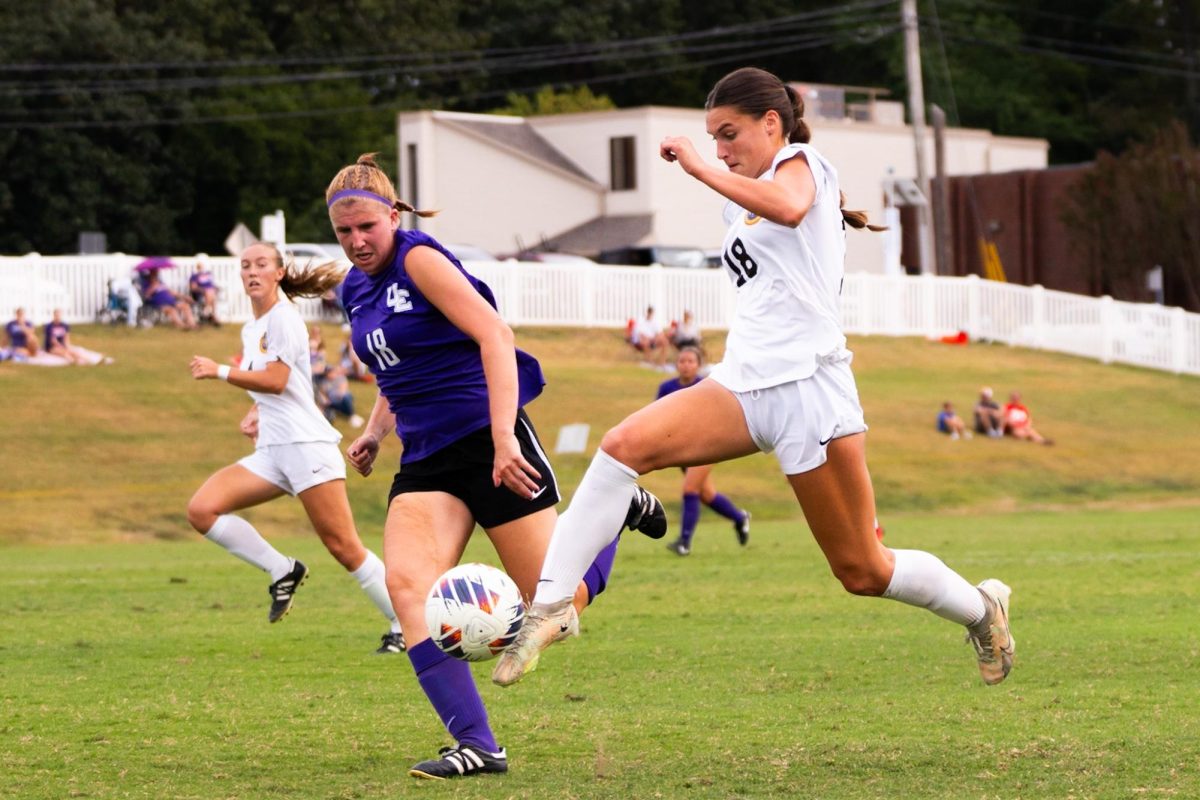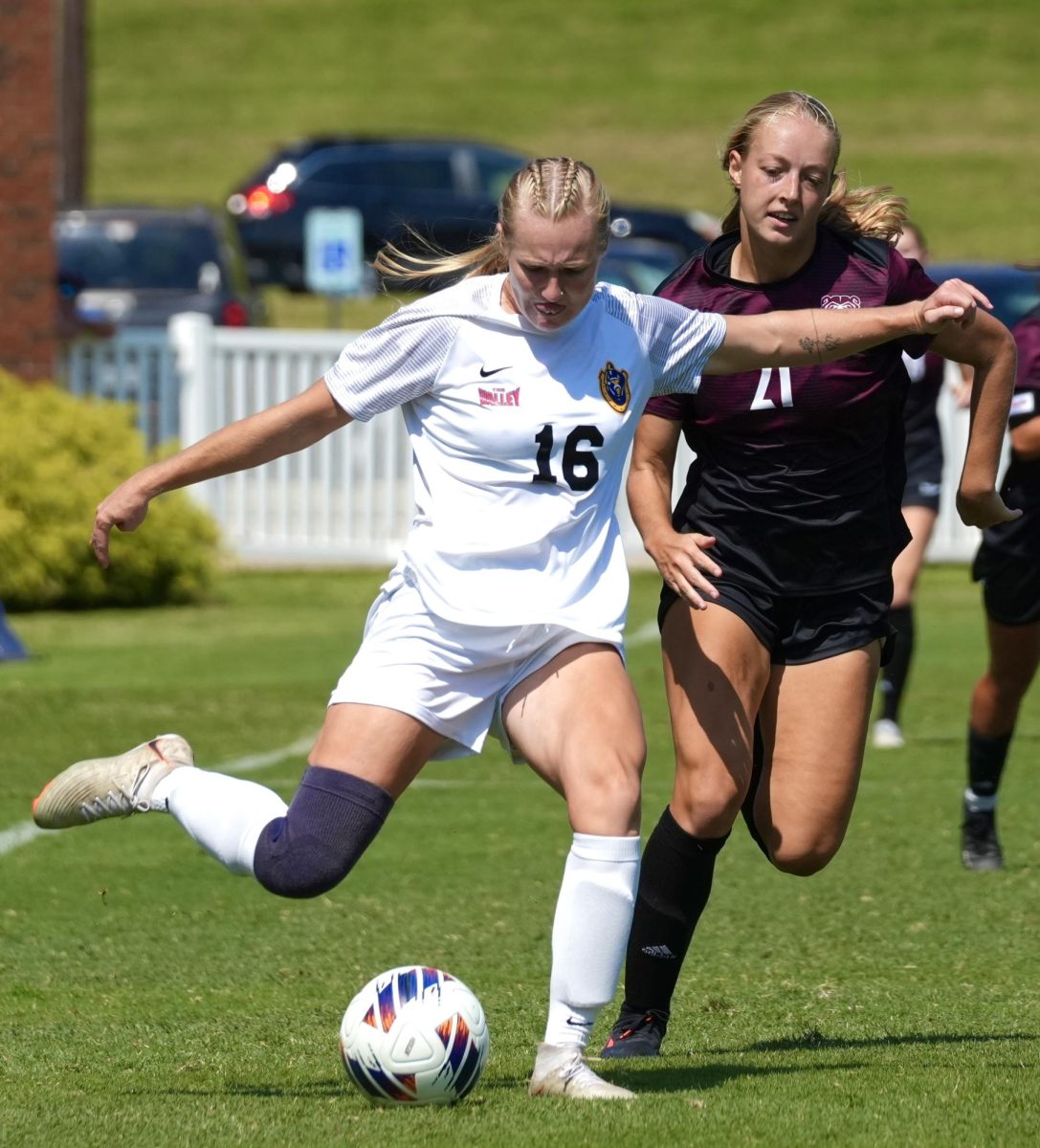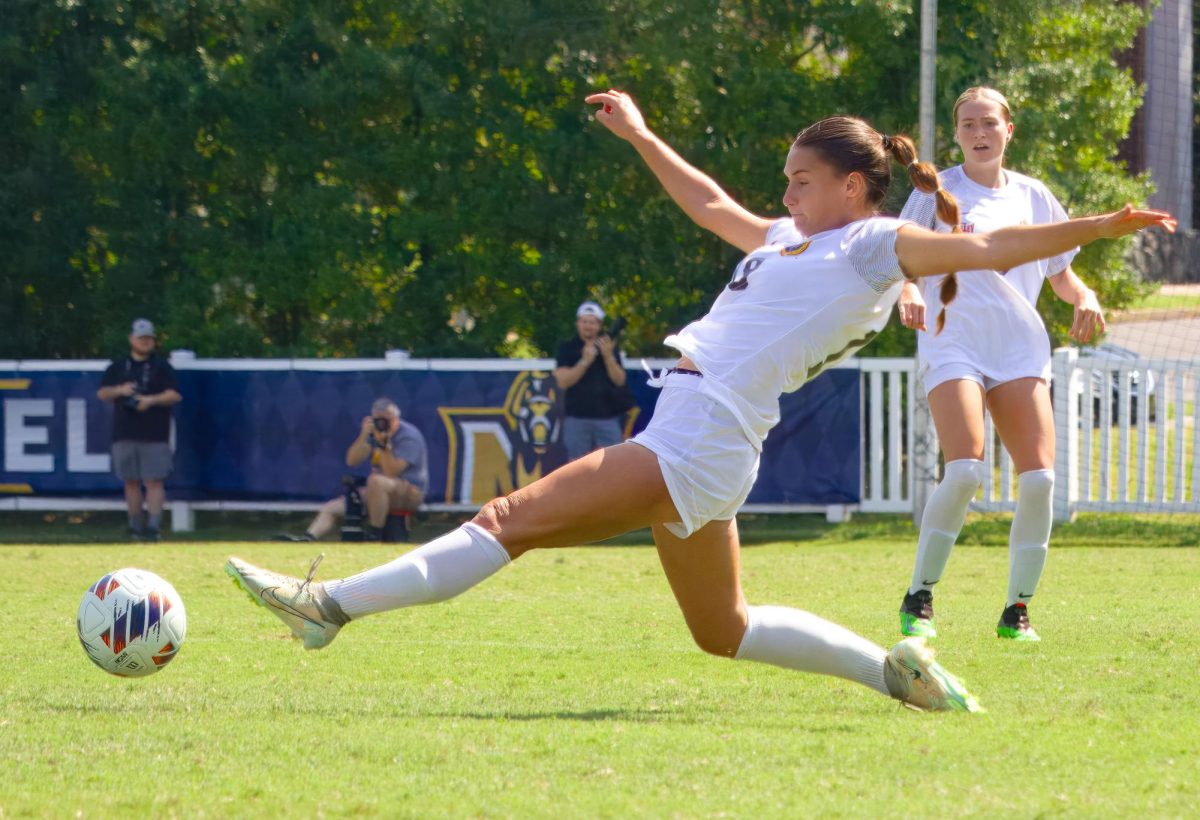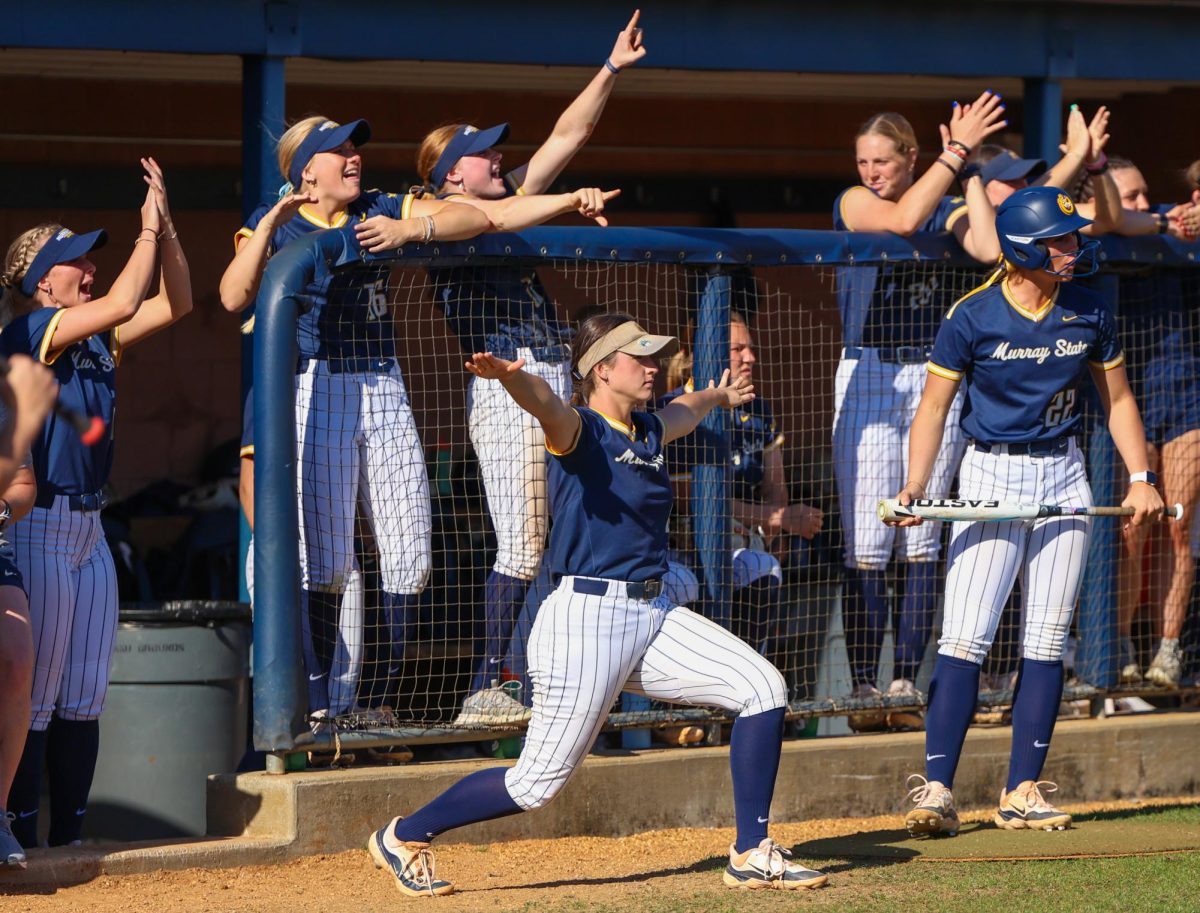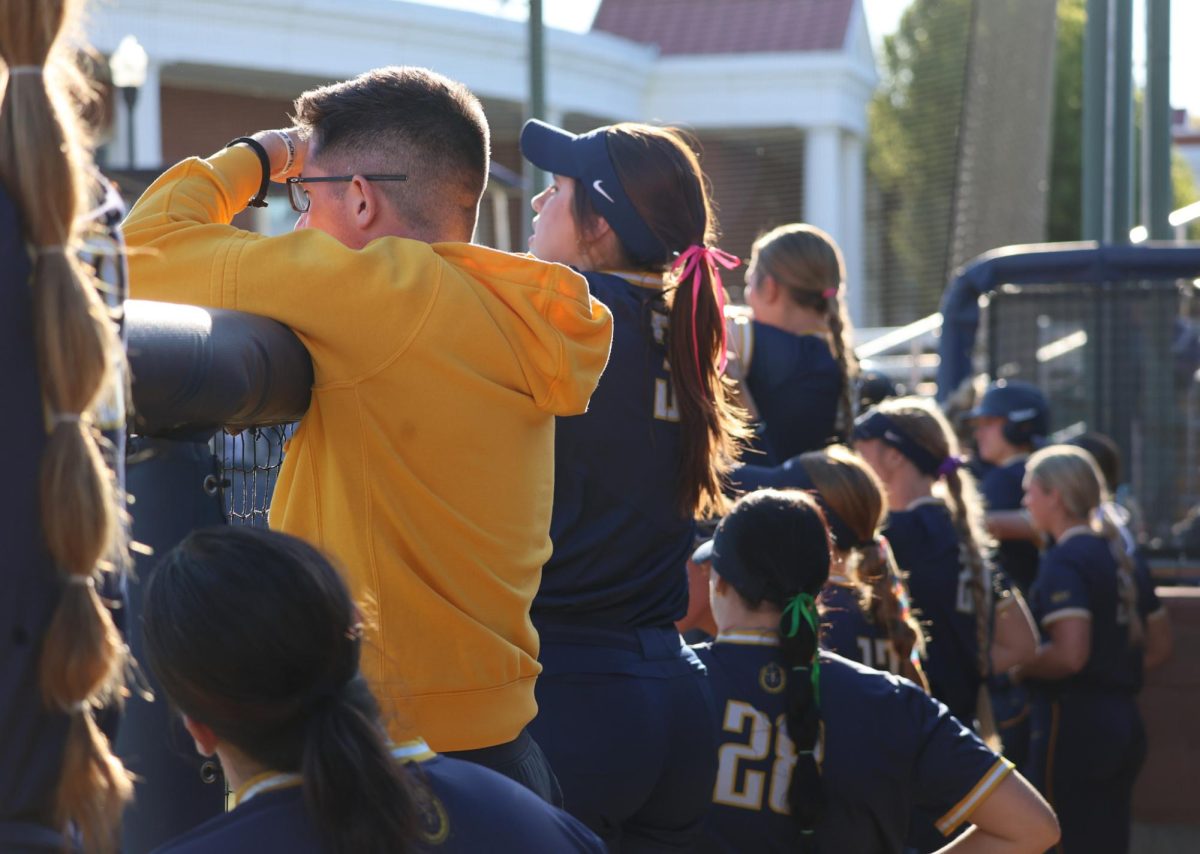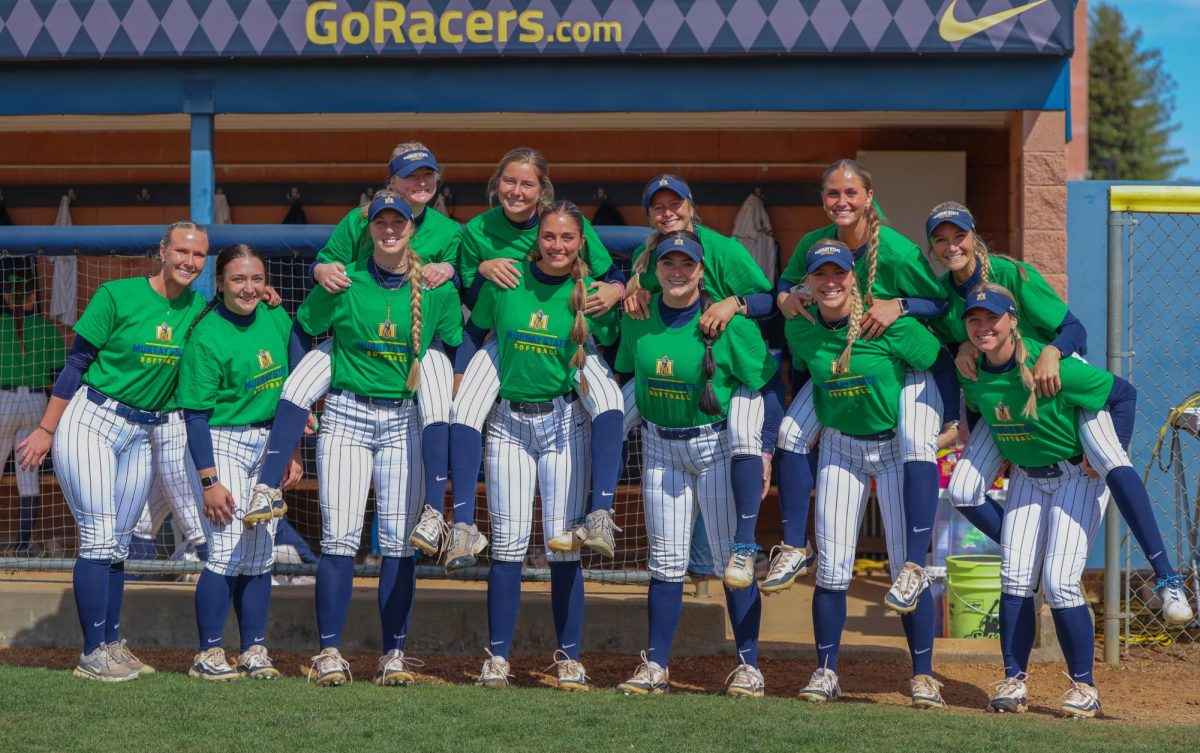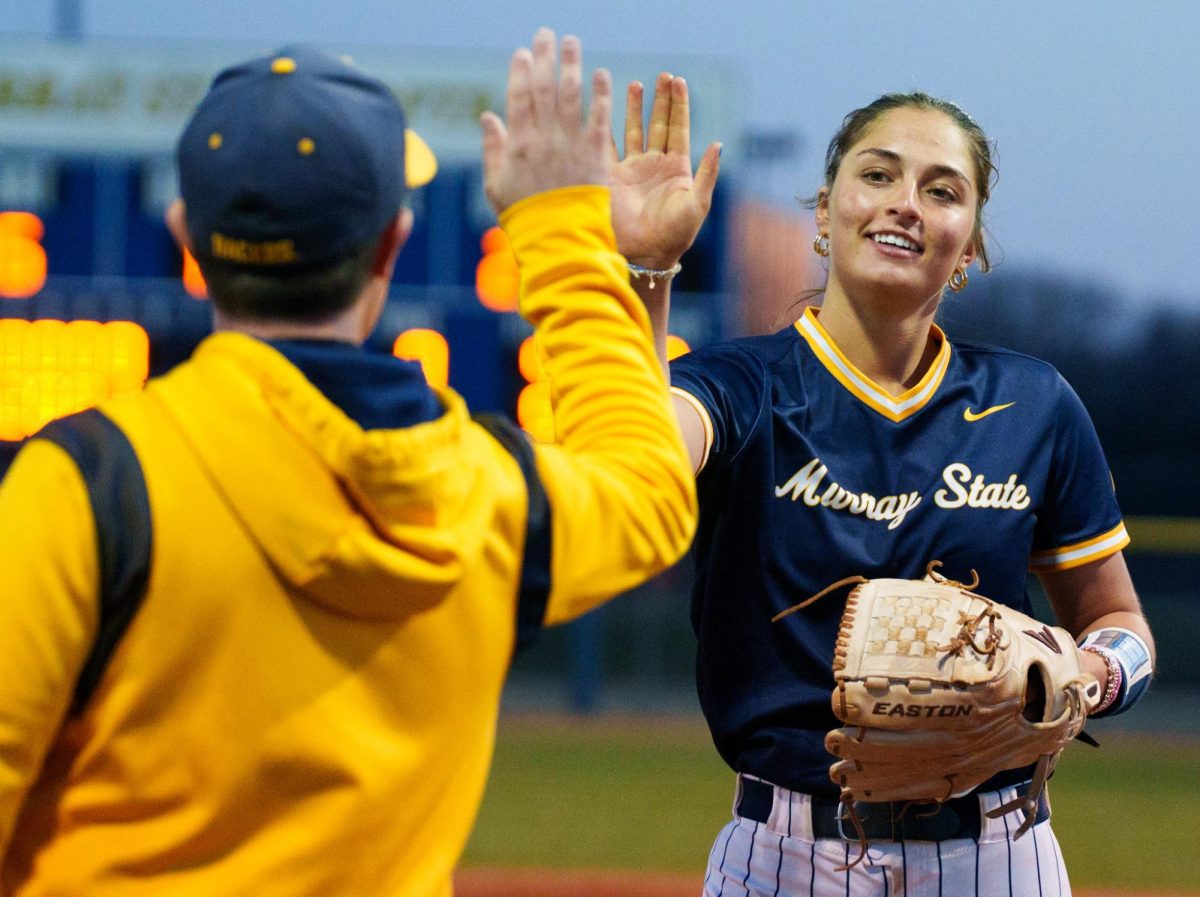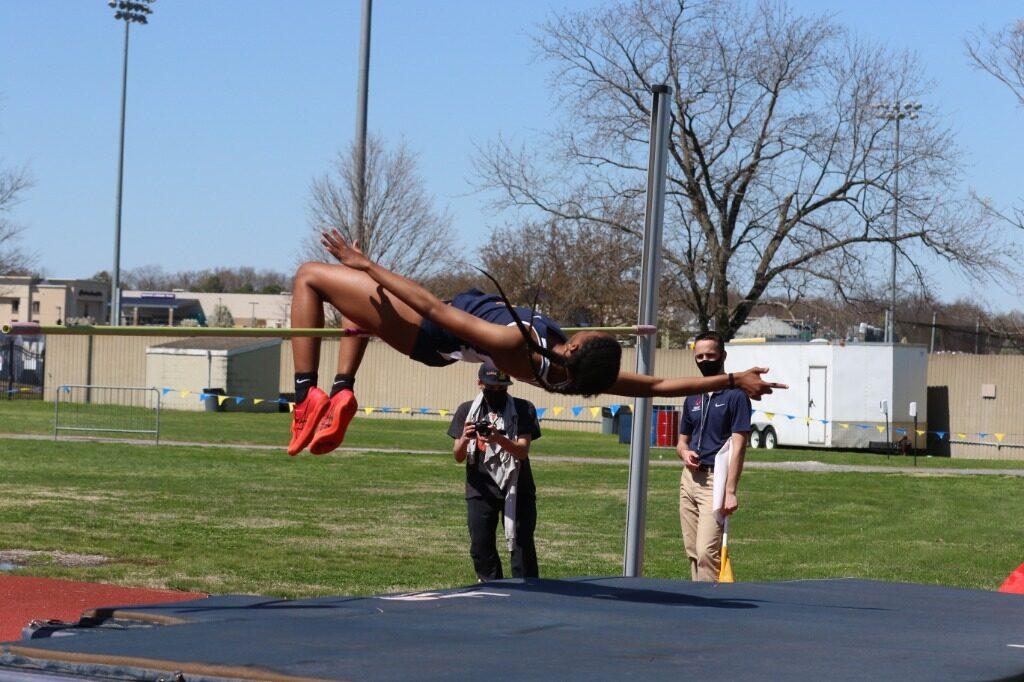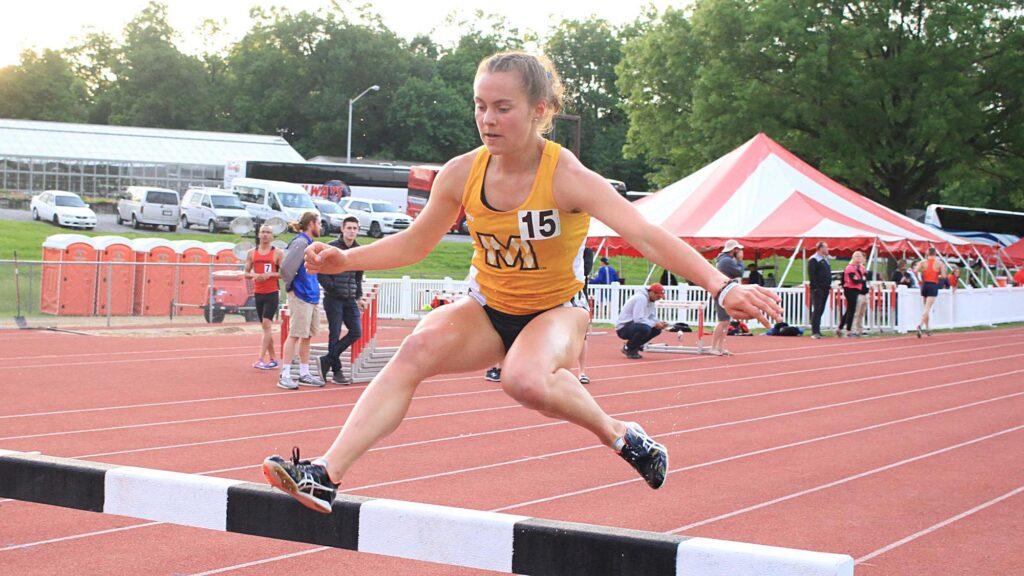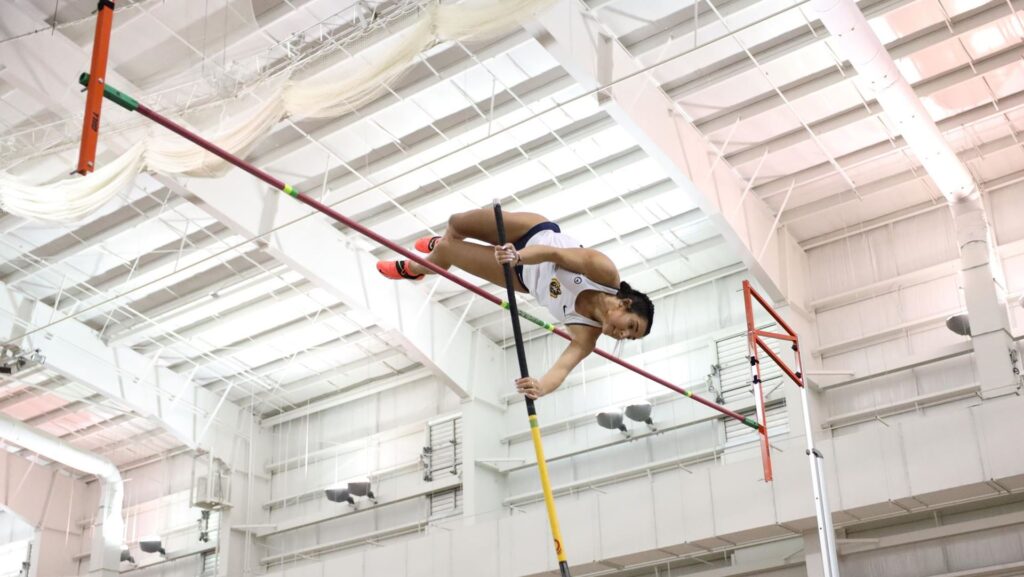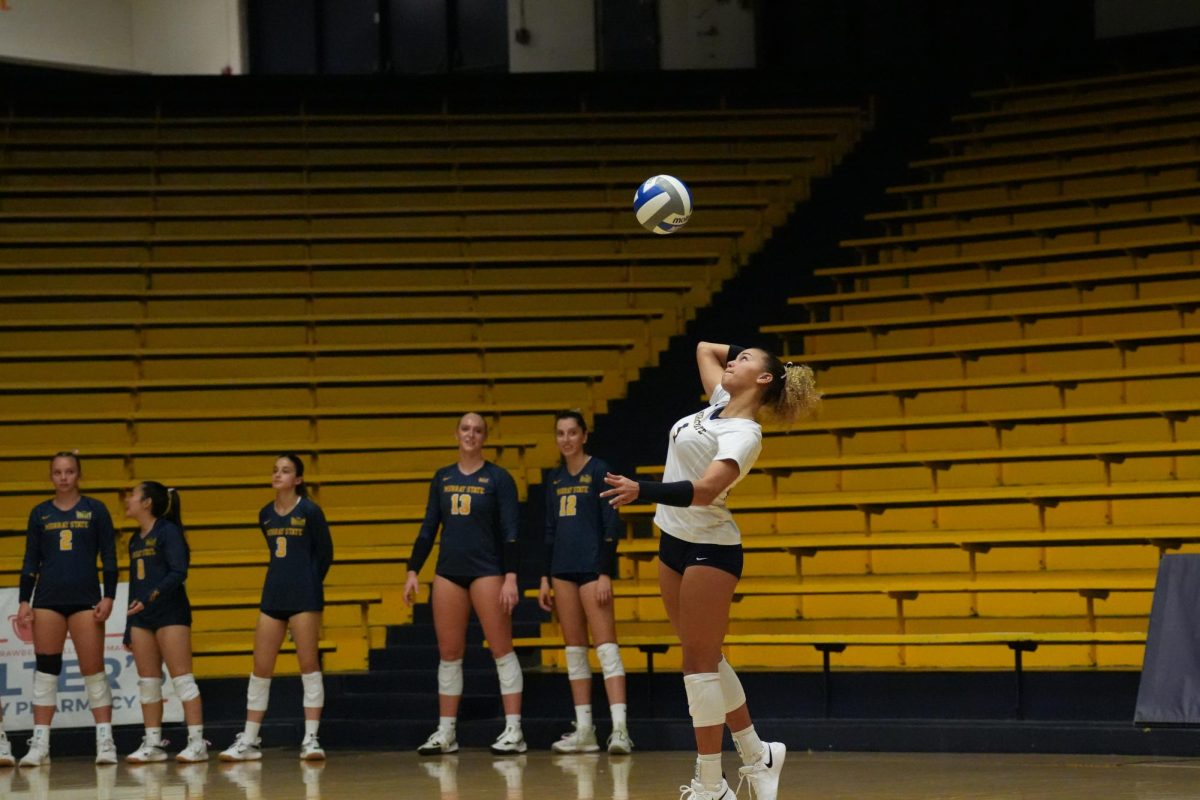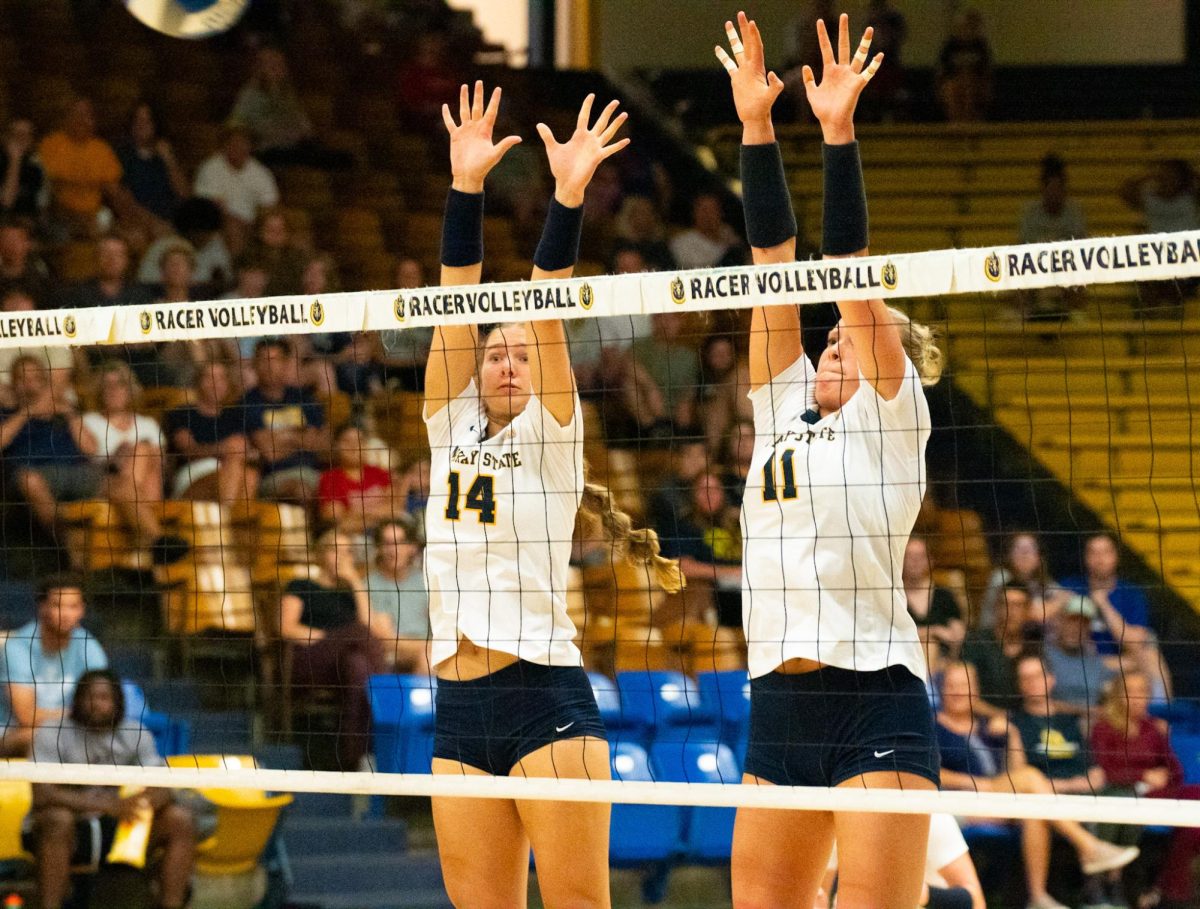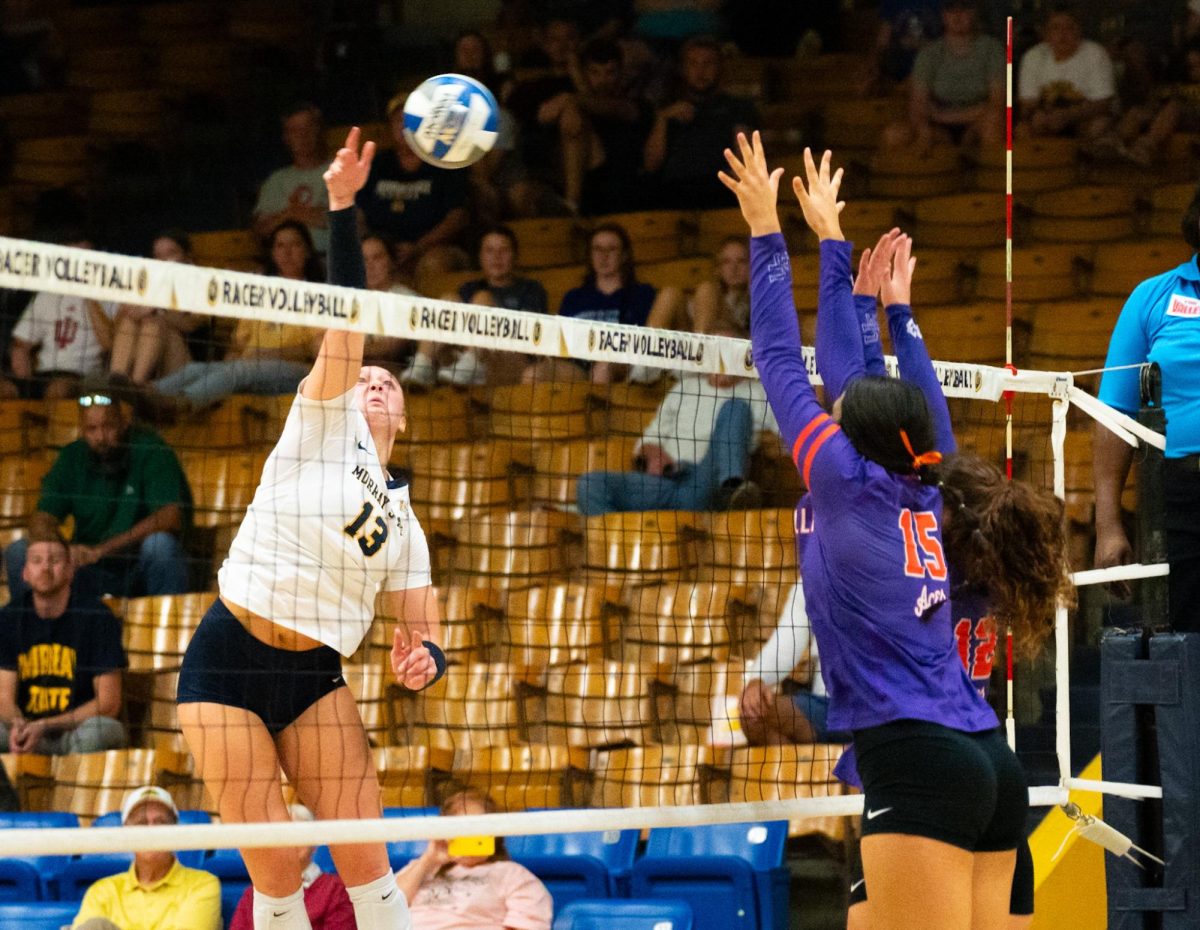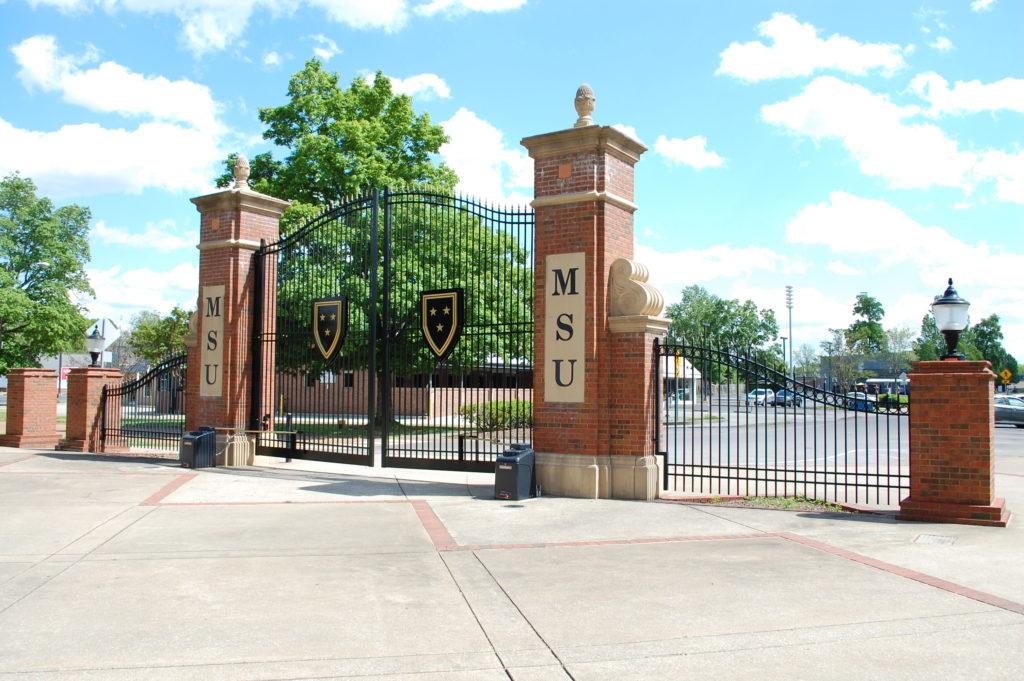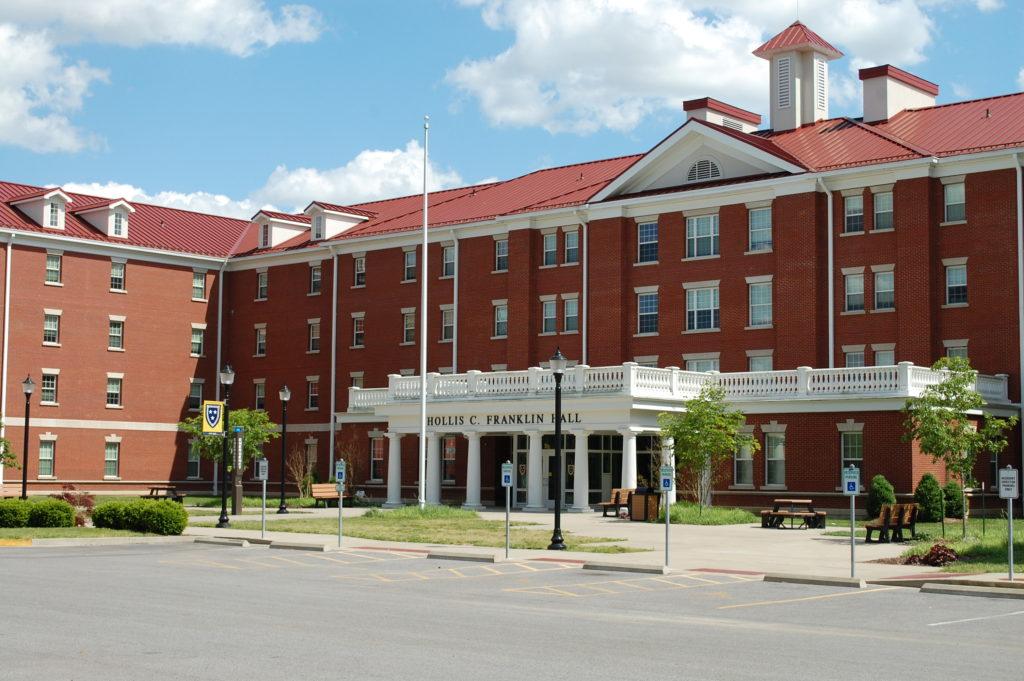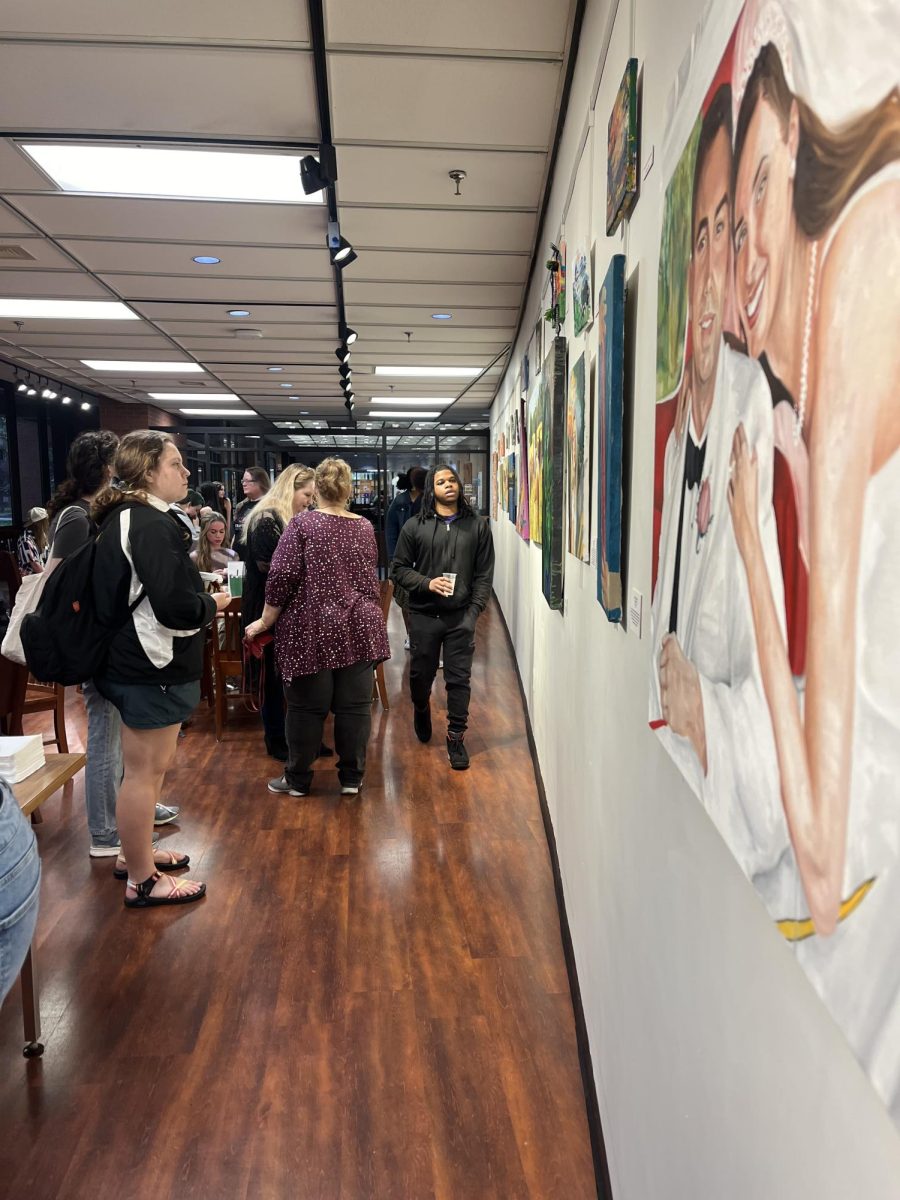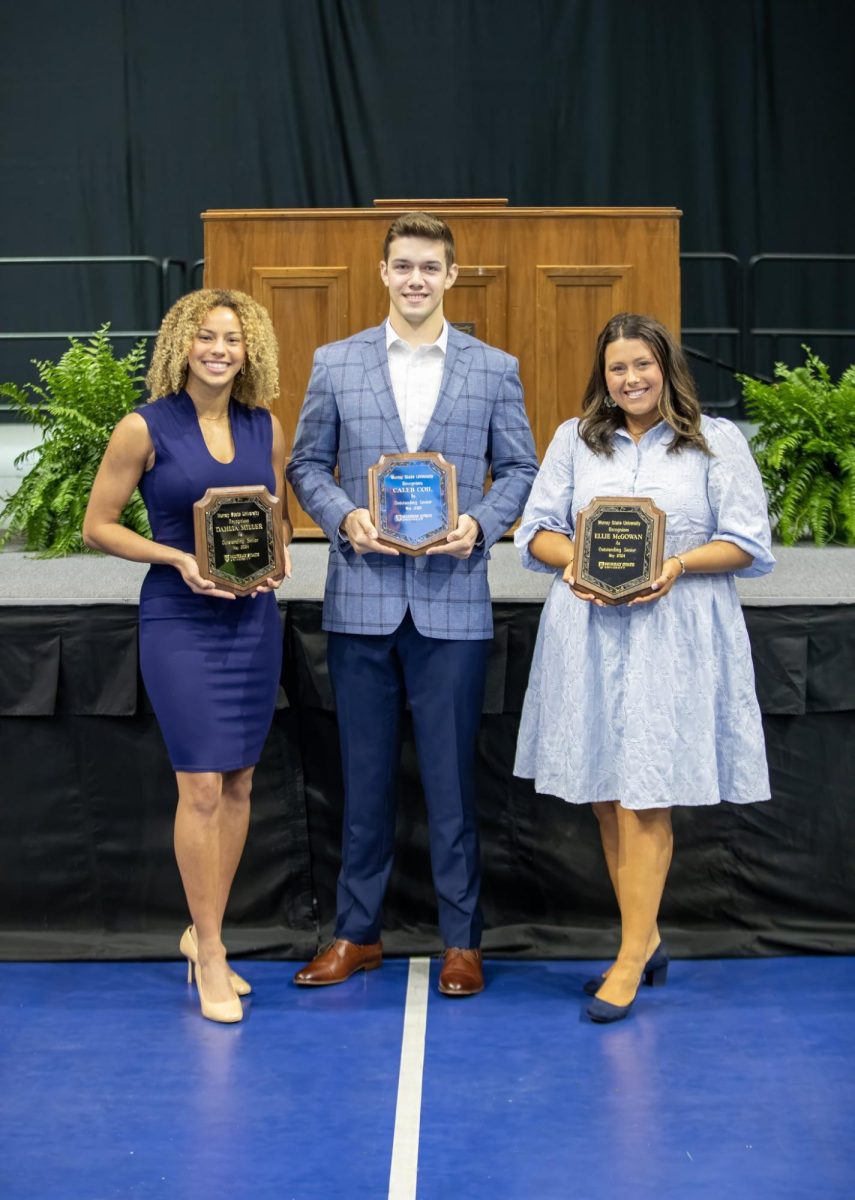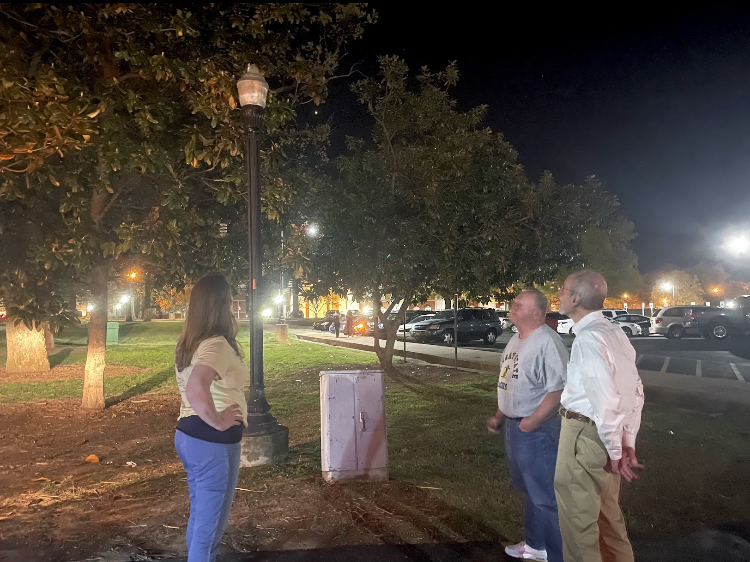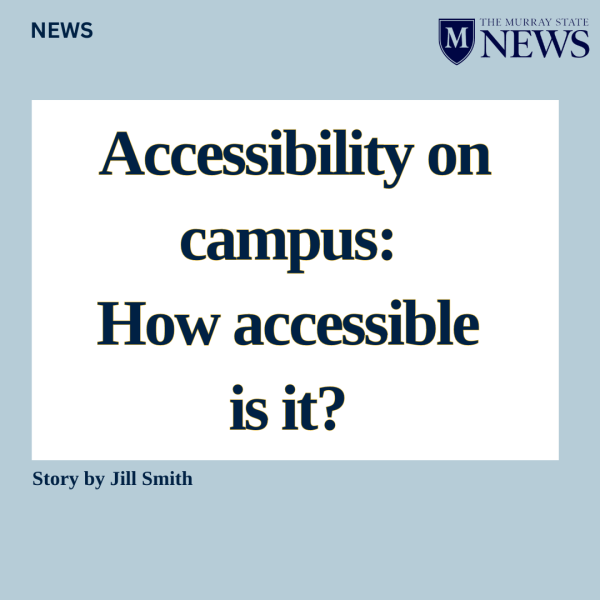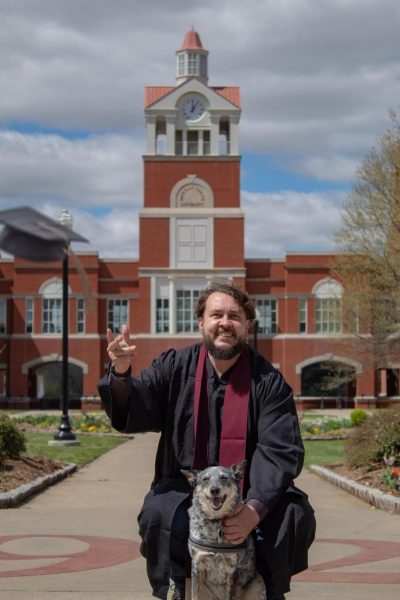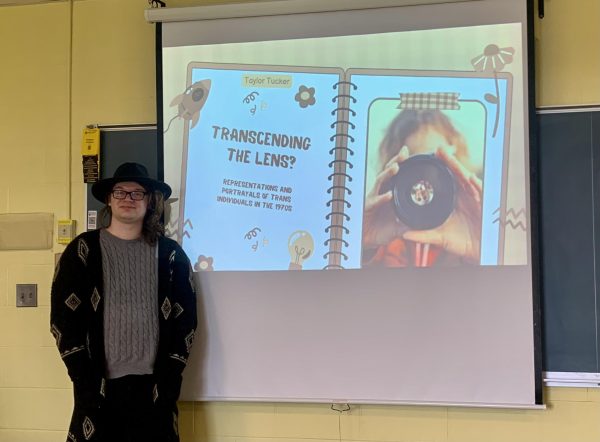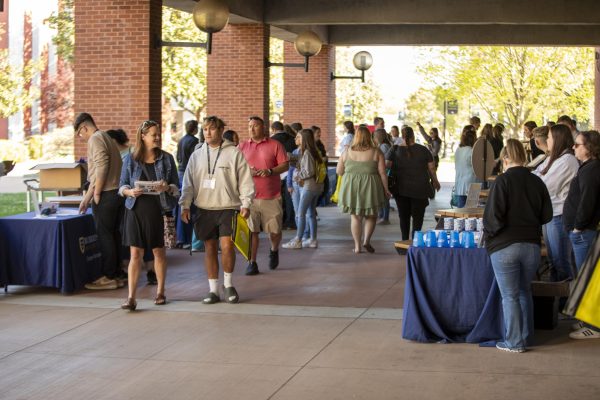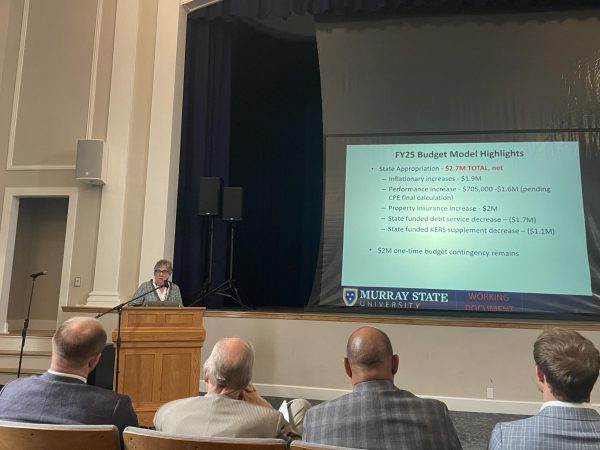Safety walks focus on campus security
Joanne Gunns, Jamie Miller and Don Robertson examine the lights during the April safety walk. (Jill Smith/The News)
May 4, 2023
University administrators held their biannual safety walk on April 11 to identify any potential safety concerns on campus.
This walk is for administrators to see what improvements have been made to campus safety and what other improvements can be made.
Don Robertson, vice president of Student Affairs, said the goal of these walks is to find potential lighting concerns or hazards.
“Many times we’ll look at other areas where trees or bushes are grown up that need to be trimmed back, or there’s areas that could be potentially hiding places,” Robertson said. “If we saw any areas that we think are hazardous, we would point those out.”
Walks are held twice in the academic year: once in September, which is Campus Safety Month, and once in April, which is Sexual Assault Awareness Month.
Director of the Women’s Center and Pride Center Abigail Cox said several groups on campus work to ensure everyone has their safety concerns addressed.
“This is a collaborative effort between multiple parties on campus and includes student representation,” Cox said. “This collaboration represents a commitment from across campus to addressing safety concerns.”
Director of Facilities Management Jason Youngblood said 70 lights were out, which is a small percentage of the total number of exterior lights on campus. He said the majority of the lights need new lights, but some have more technical issues.
“There was an issue with the lights near Oakhurst where the photocell needed to be adjusted,” Youngblood said. “There are other lights that have underground wiring or circuit issues that will take longer to diagnose and repair.”
Some of the areas marked as potential concerns include: the parking lot on the south side of the Chemistry Building, the crosswalk by Wilson Hall and a path to the Curris Center by Regents Hall.
All concerns brought up by administrators during the April walk were regarding dark lighting near parking lots and buildings.
The outages were scattered across campus, including the West Farm, located on College Farm Road.
Sixteen of the 70 lights belong to Murray Electric, a local electric utility company. The University pays Murray Electric to add lights and direct them towards campus.
Youngblood said there is no timeline on when the Murray Electric lights will be replaced.
“There is no specific time, but I would expect they generally get them fixed within a few weeks,” Youngblood said. “It may depend on their other workload or what the issue with light may be. Some may require parts that take longer to acquire.”
Robertson said they also look at the emergency call boxes around campus.
“We’ll get someone to say they think there should be a call box here, and we’re gonna move on to make sure they’re working properly and the blue lights are on,” Robertson said. “We have installed additional boxes, because of the tours in the past.”
Youngblood said while the safety walk is only done once or twice a year, night shift employees can report concerns.
“There are staff that work night and evening shifts in our Central Plant and MSU Police that notify facilities management routinely of lights that are out on campus,” Youngblood said.
Cox said this walk allows administrators and staff to step into the students’ shoes.
“In addition to providing continued attention to the physical attributes of campus as they relate to safety, the tours allow staff and administrators to view campus through a student lens as we consider each area of campus,” Cox said.
Both Youngblood and Robertson said student safety is a top priority for them, and they hope students will reach out with any potential concerns they may have.
Cox said student feedback is very important when it comes to addressing campus safety.
“Students are the first to notice when a path they travel feels unsafe or if a parking lot makes them uneasy,” Cox said. “This feedback may be given to a variety of areas on campus: RAs and RDs, Campus Police, SGA, etc. The safety walks are a way for all of those points of contact to come together with the people who ultimately make the needed repairs and changes.”
Students with concerns can email [email protected] or [email protected].



